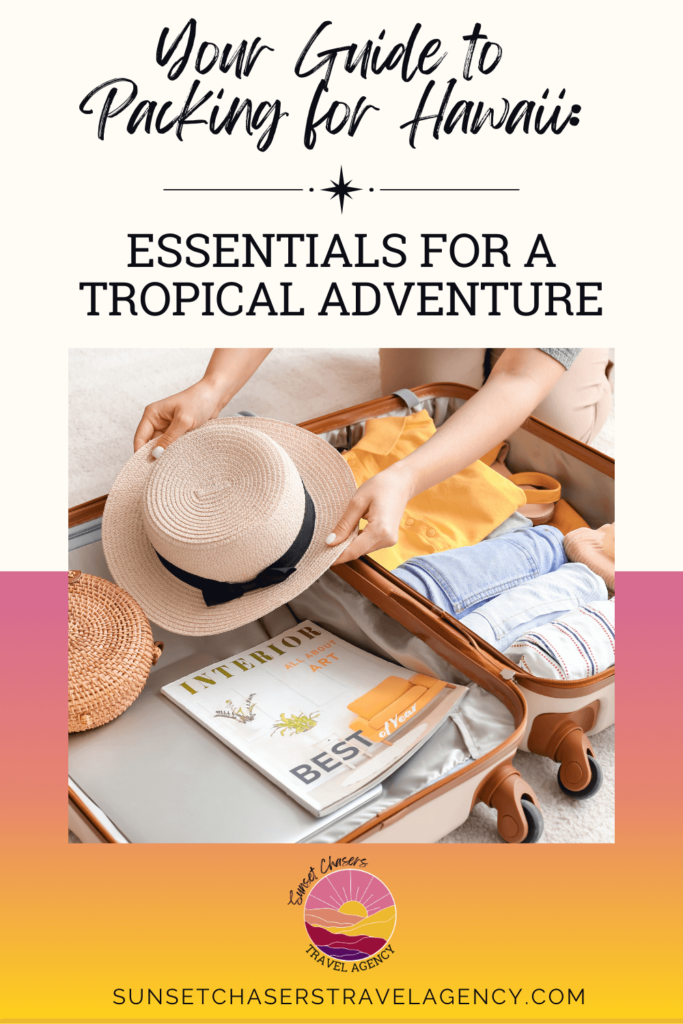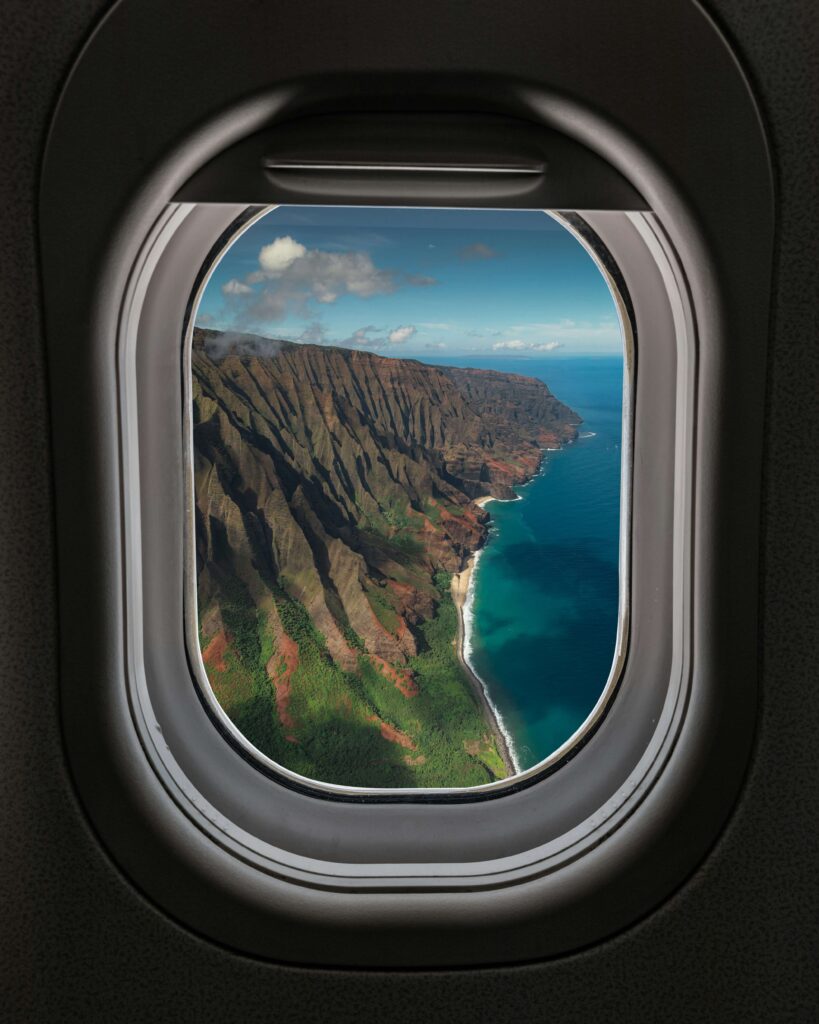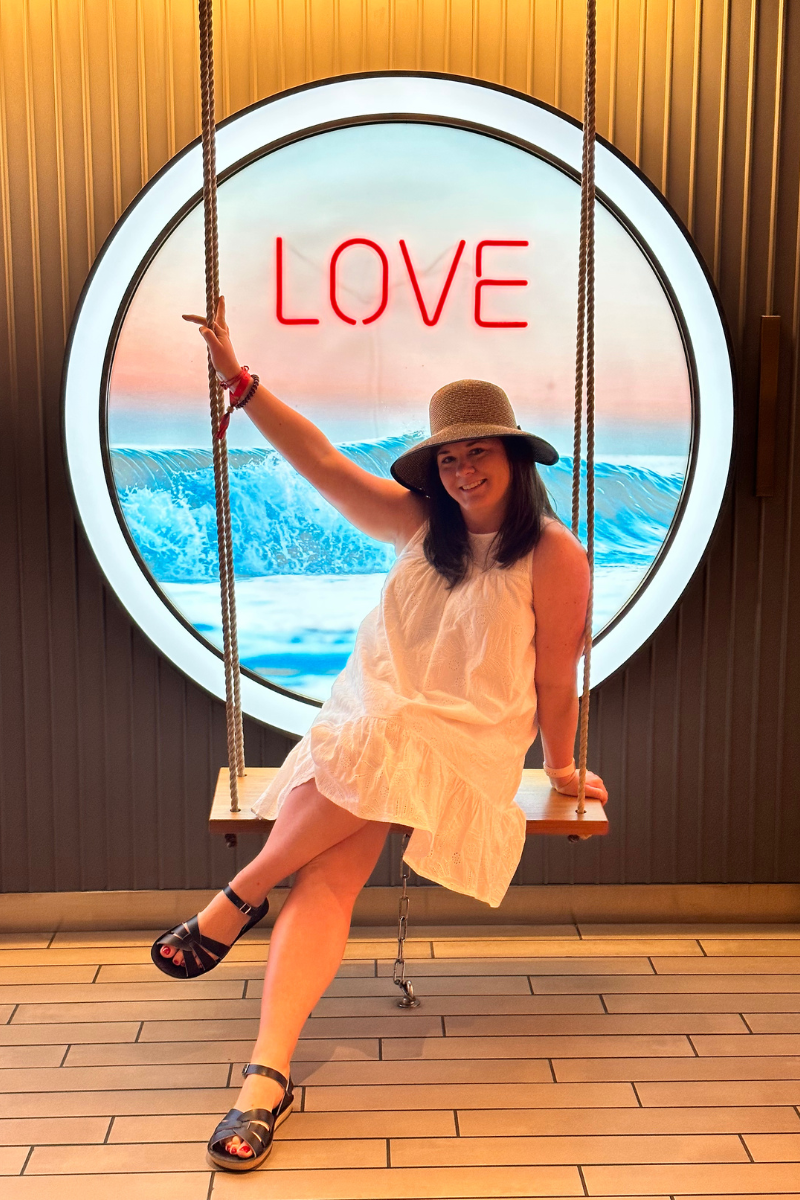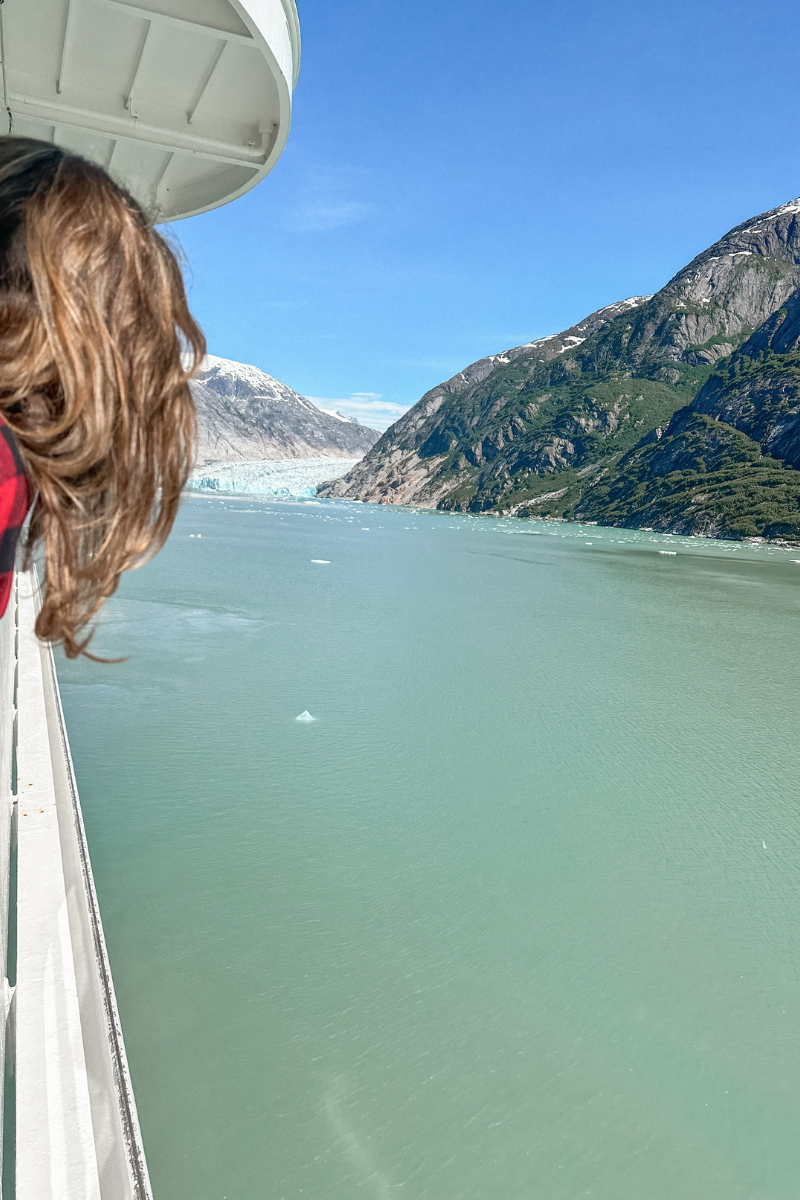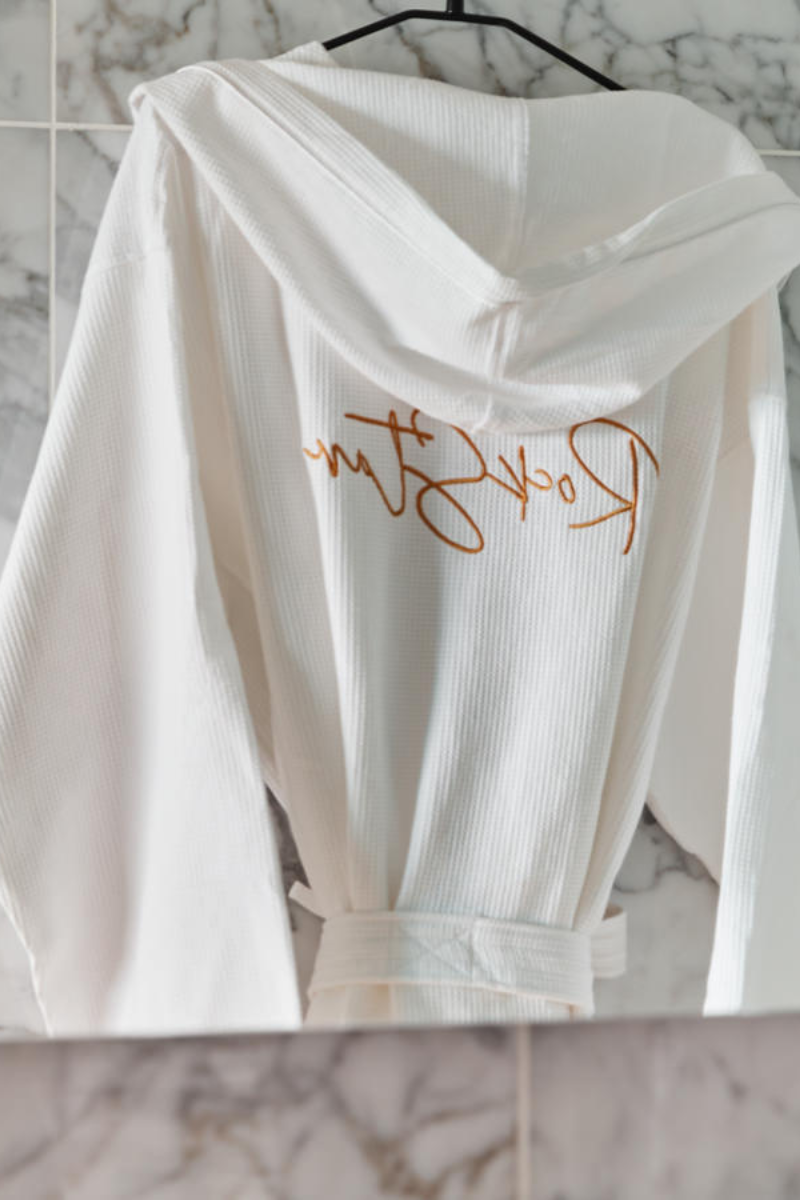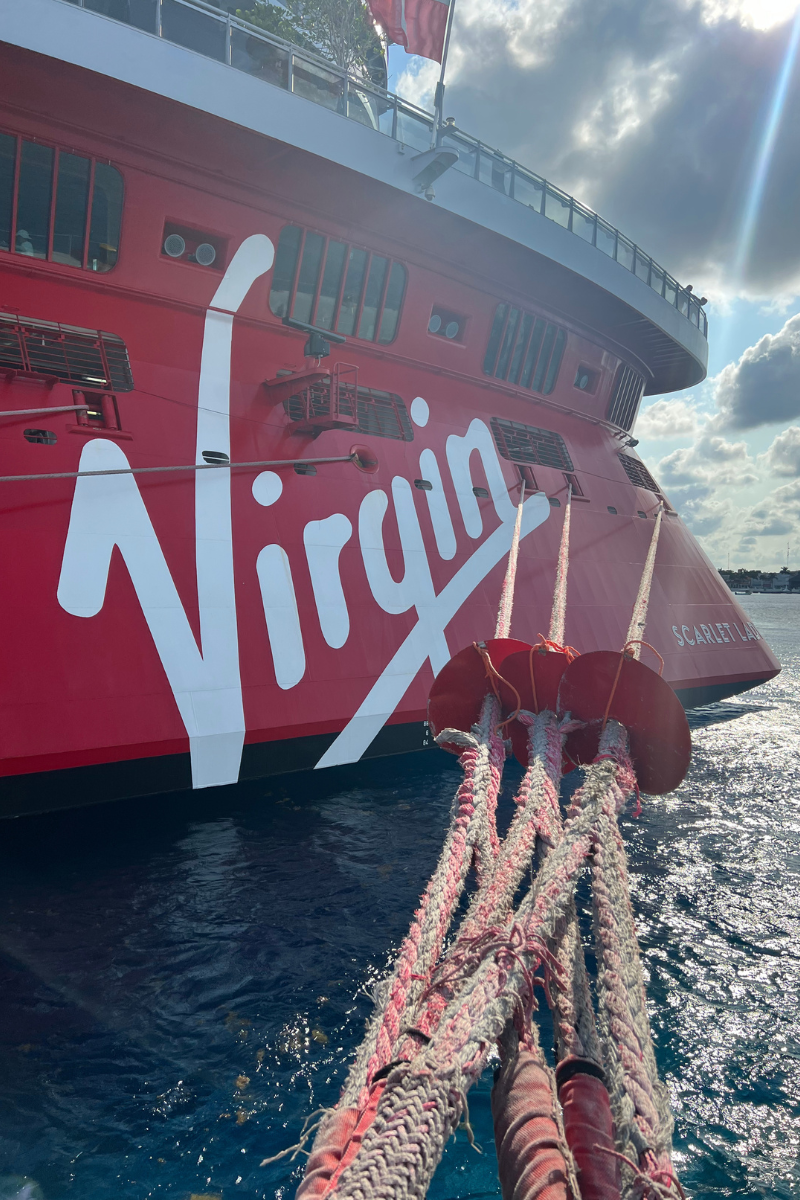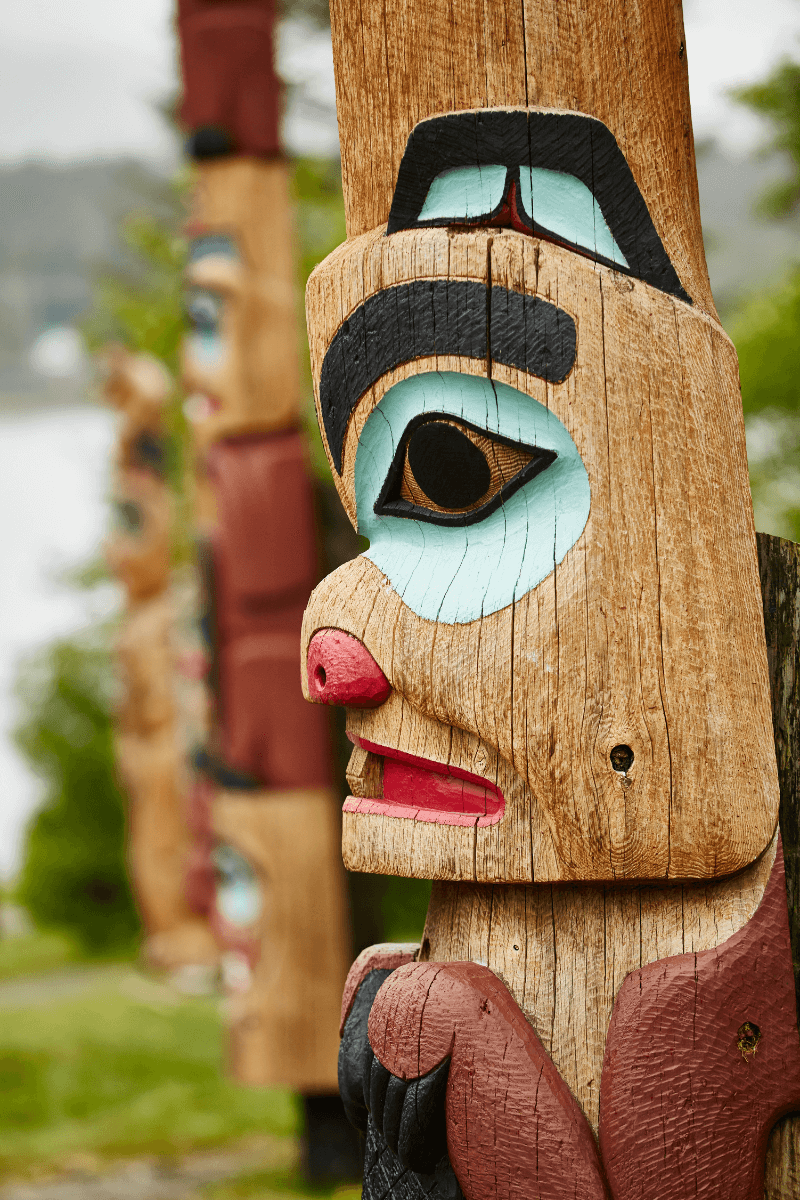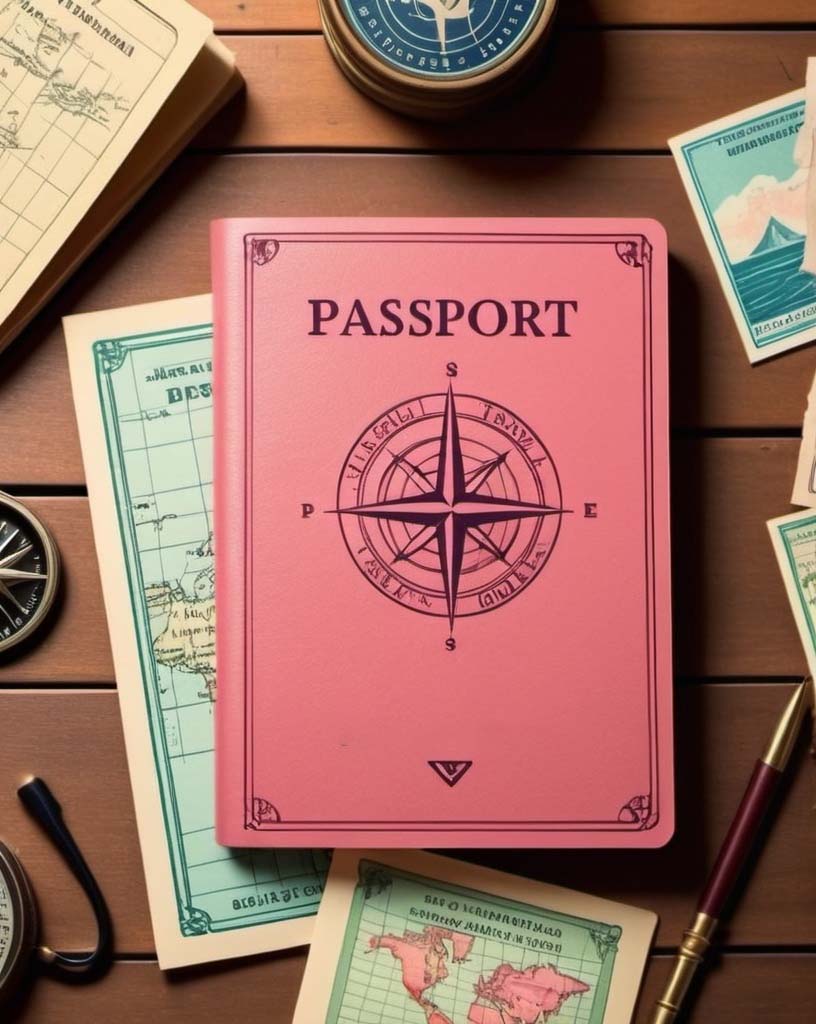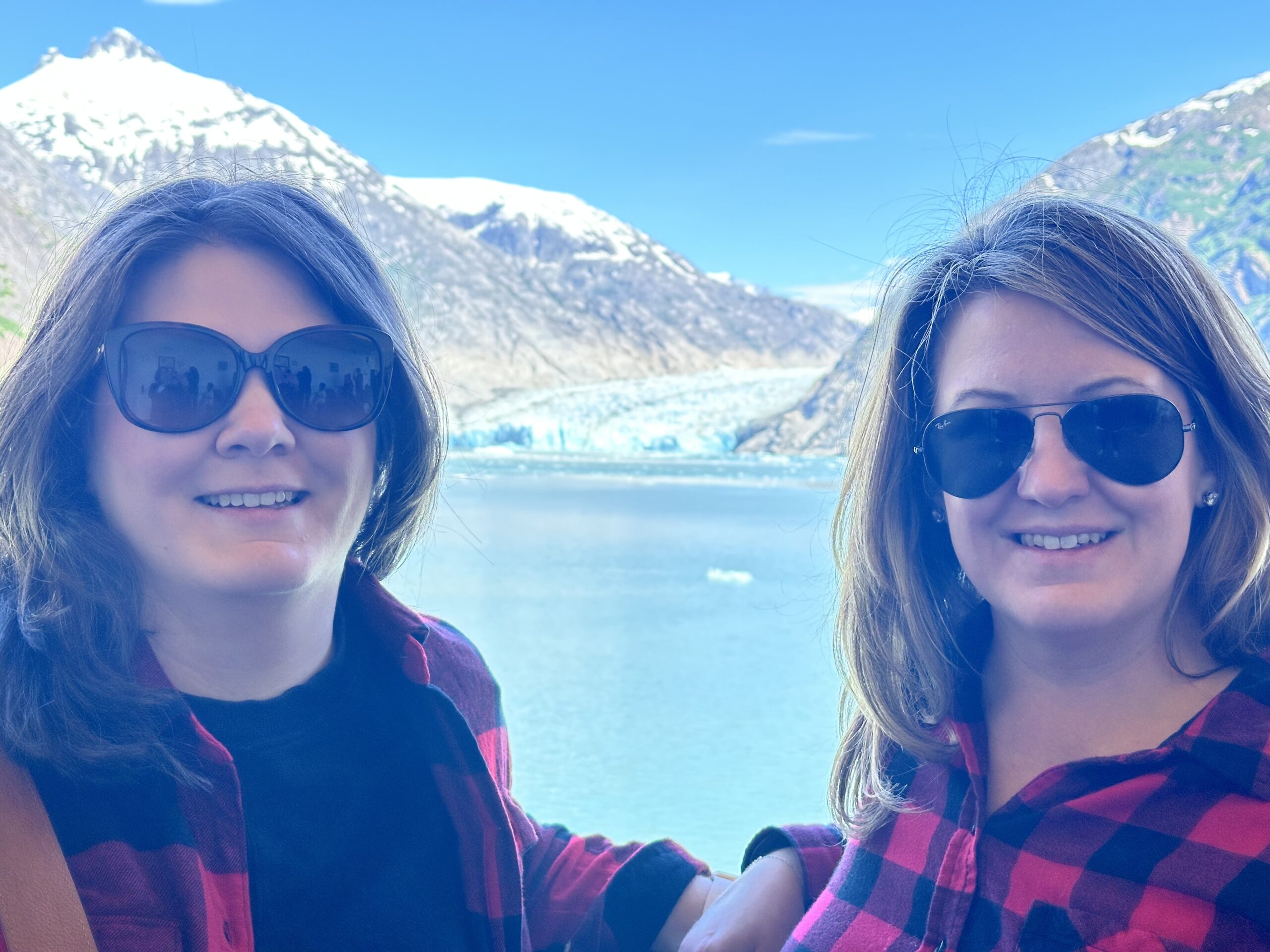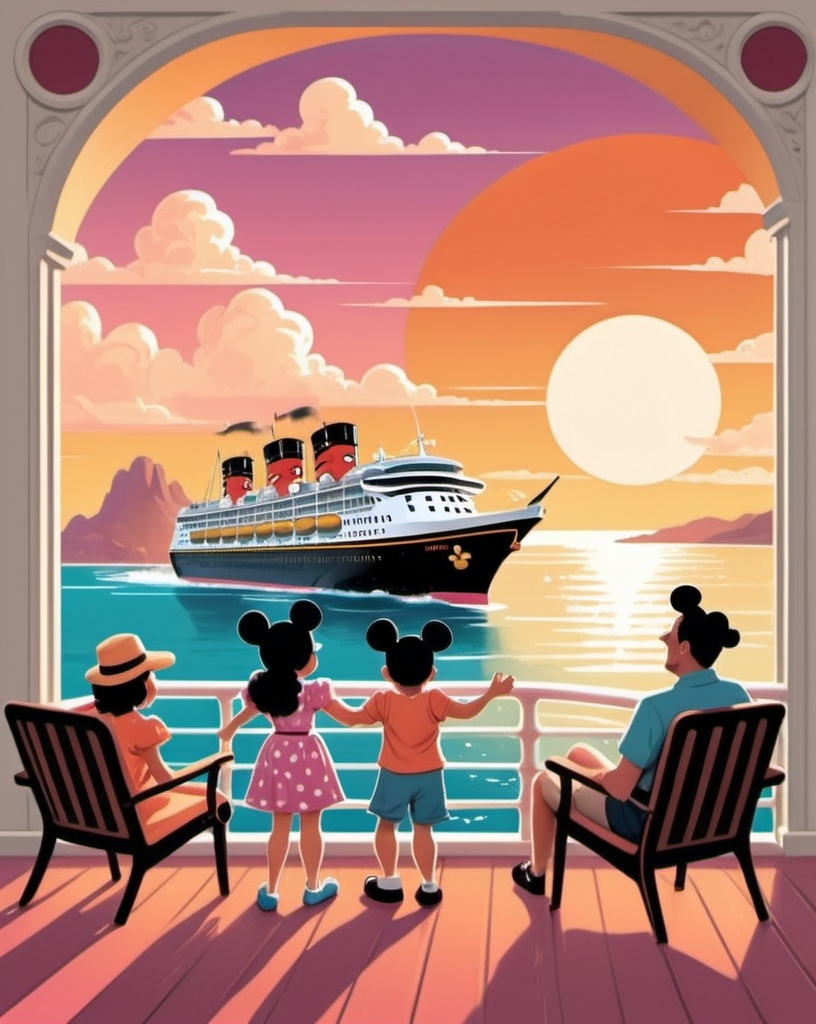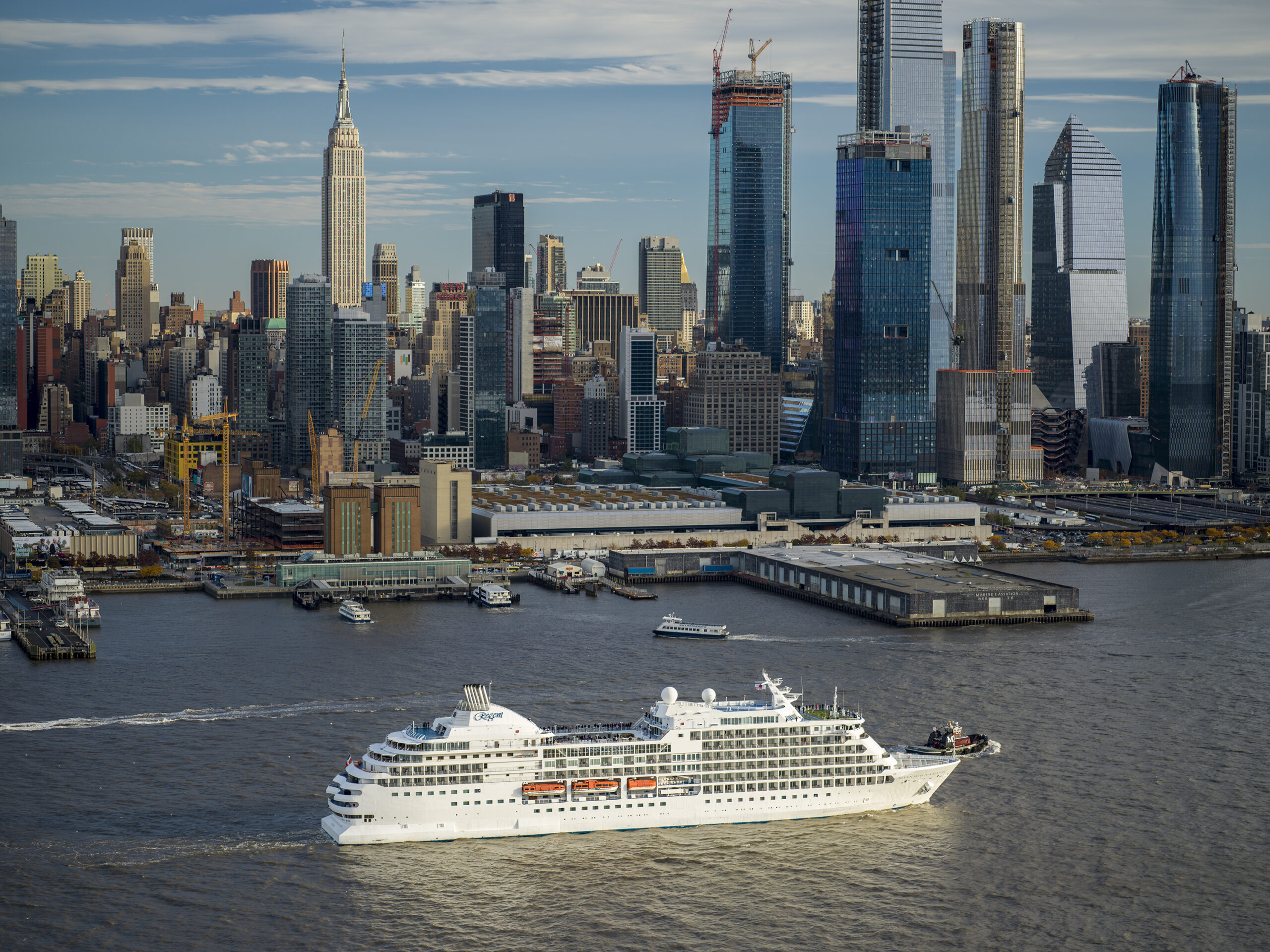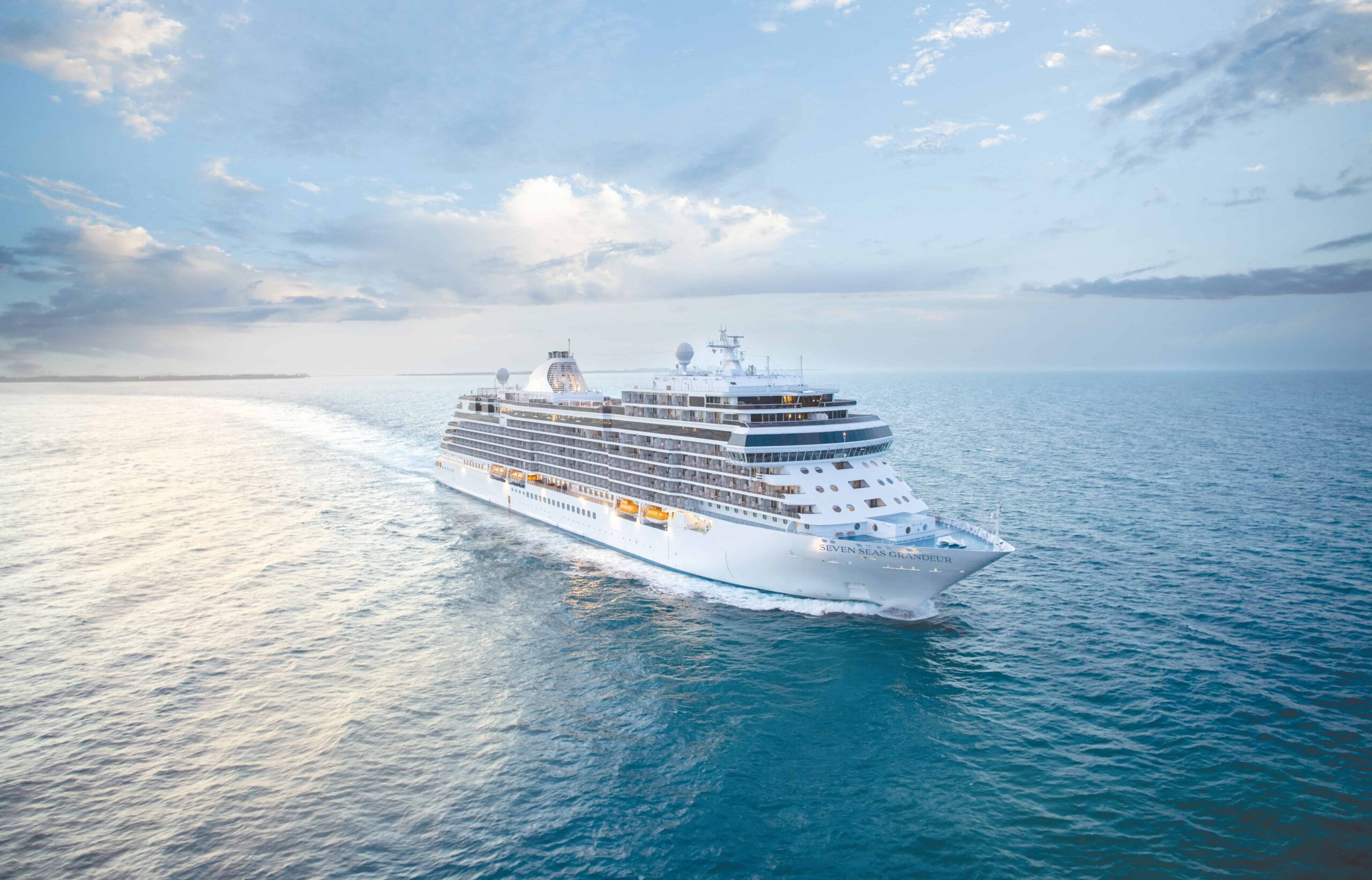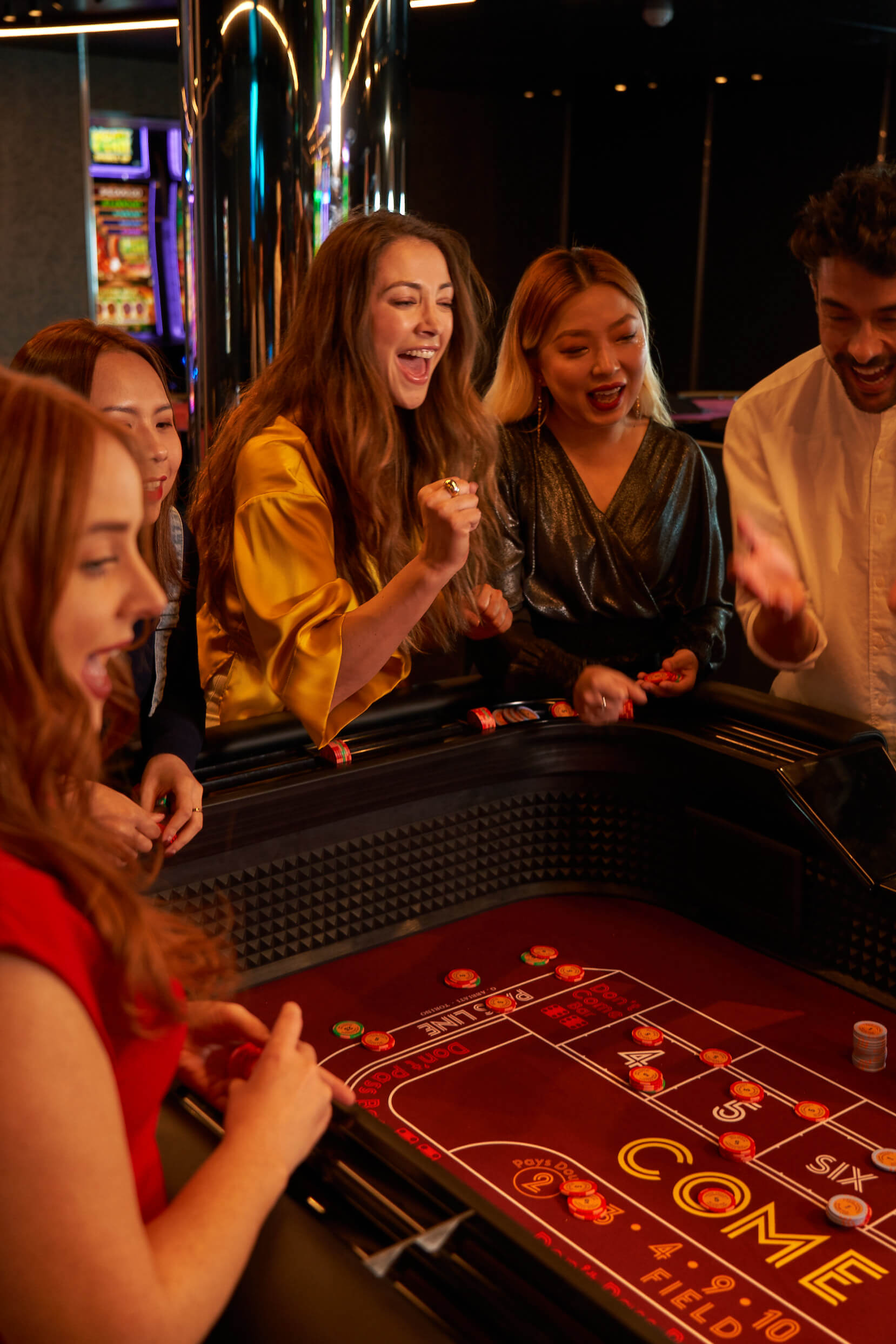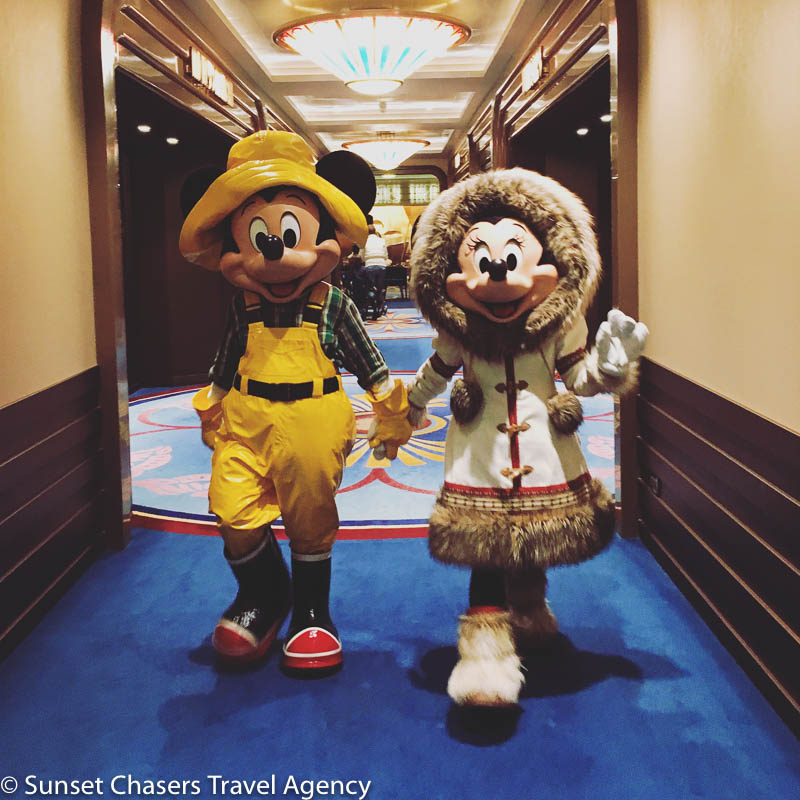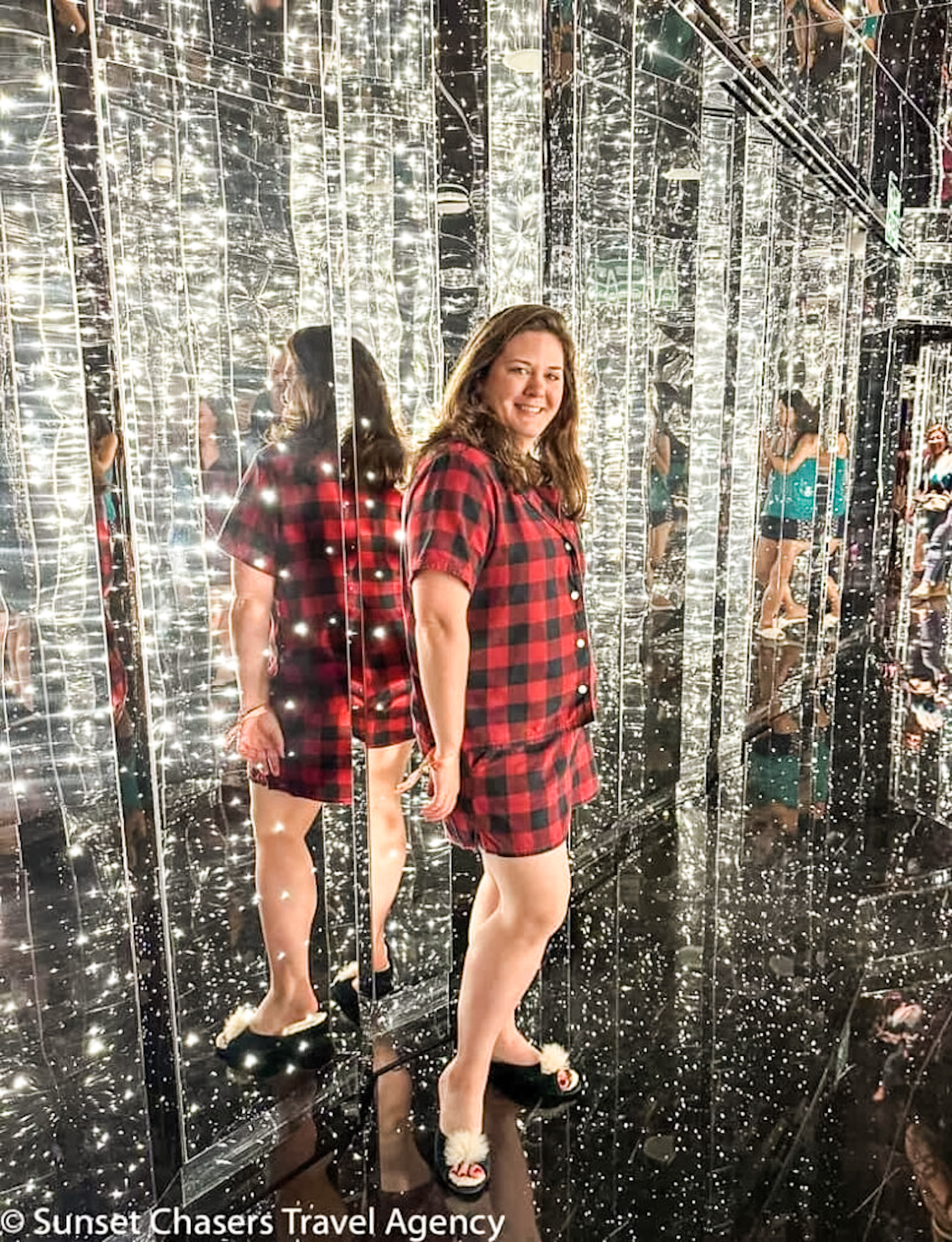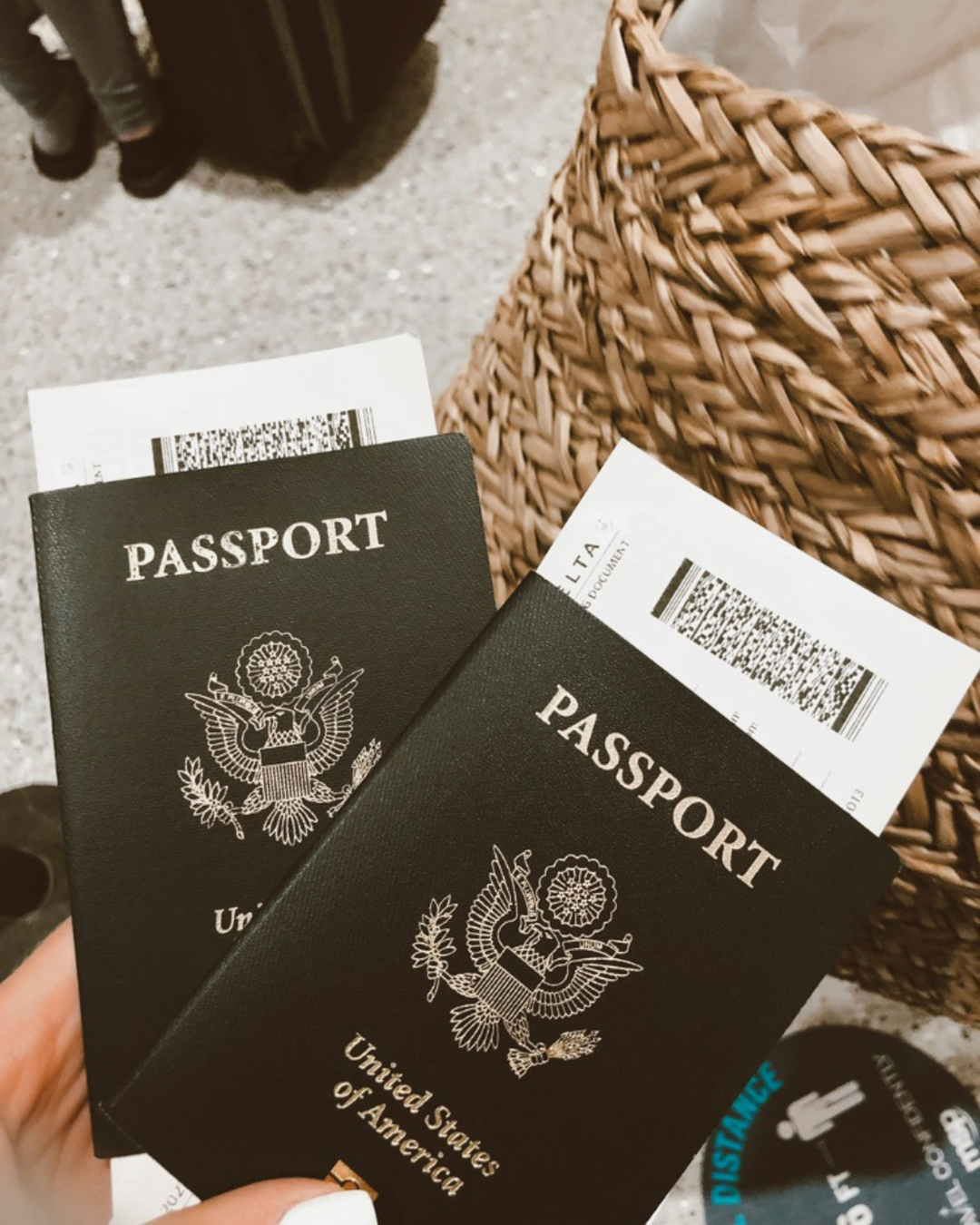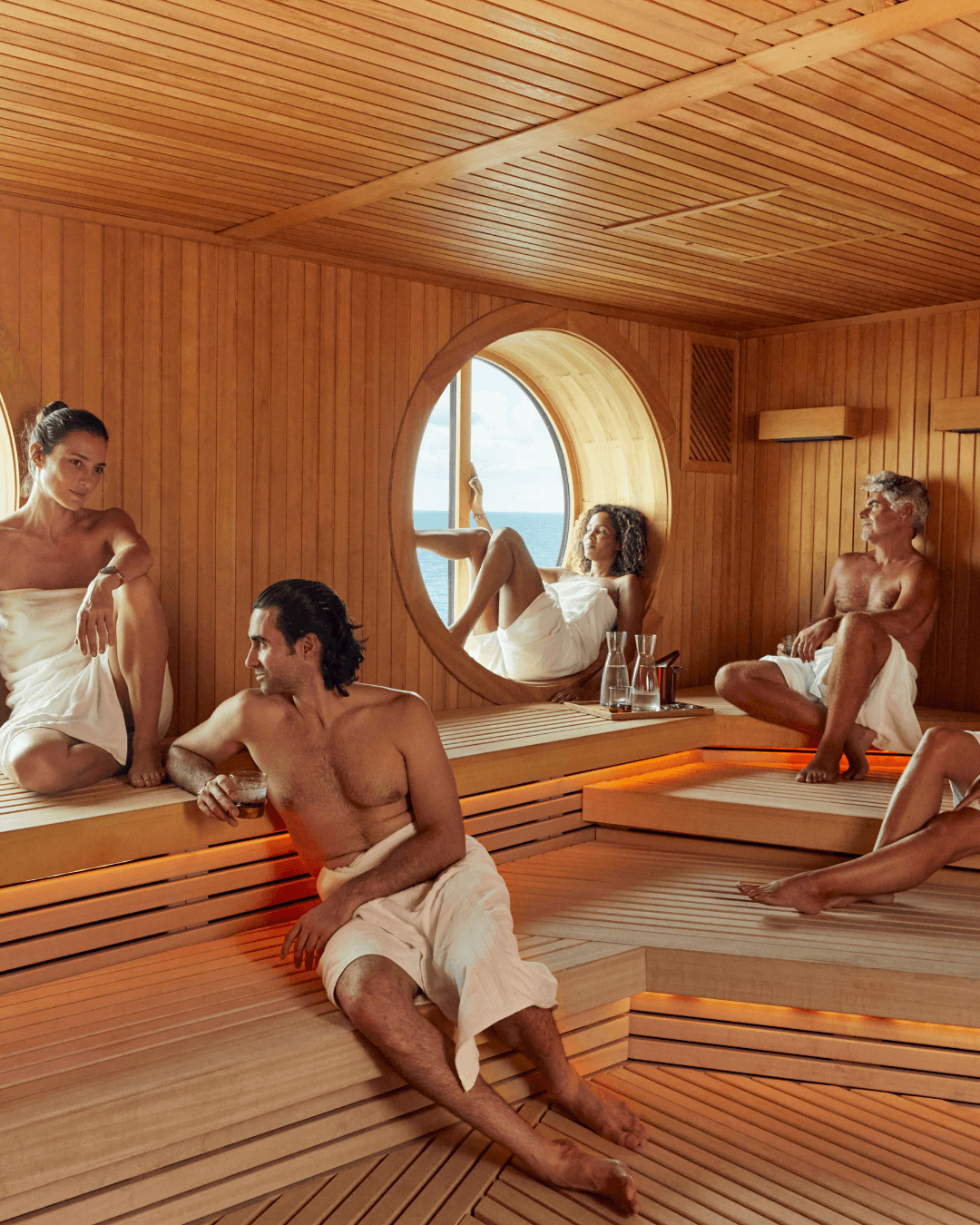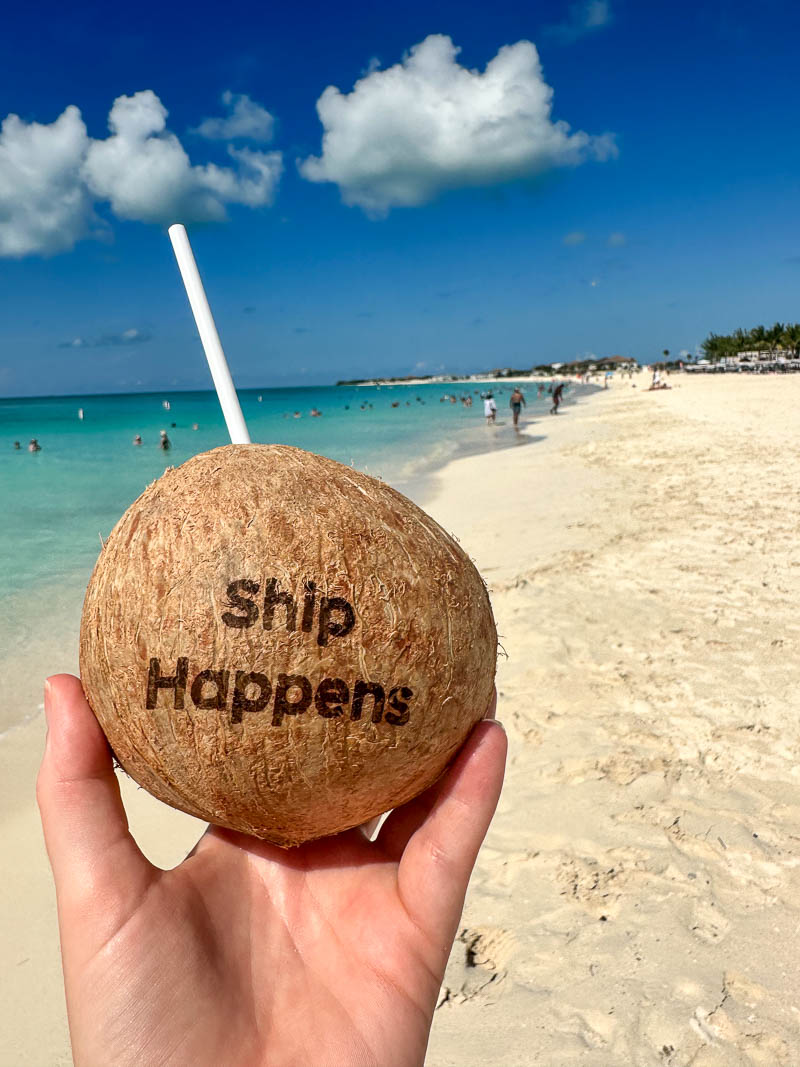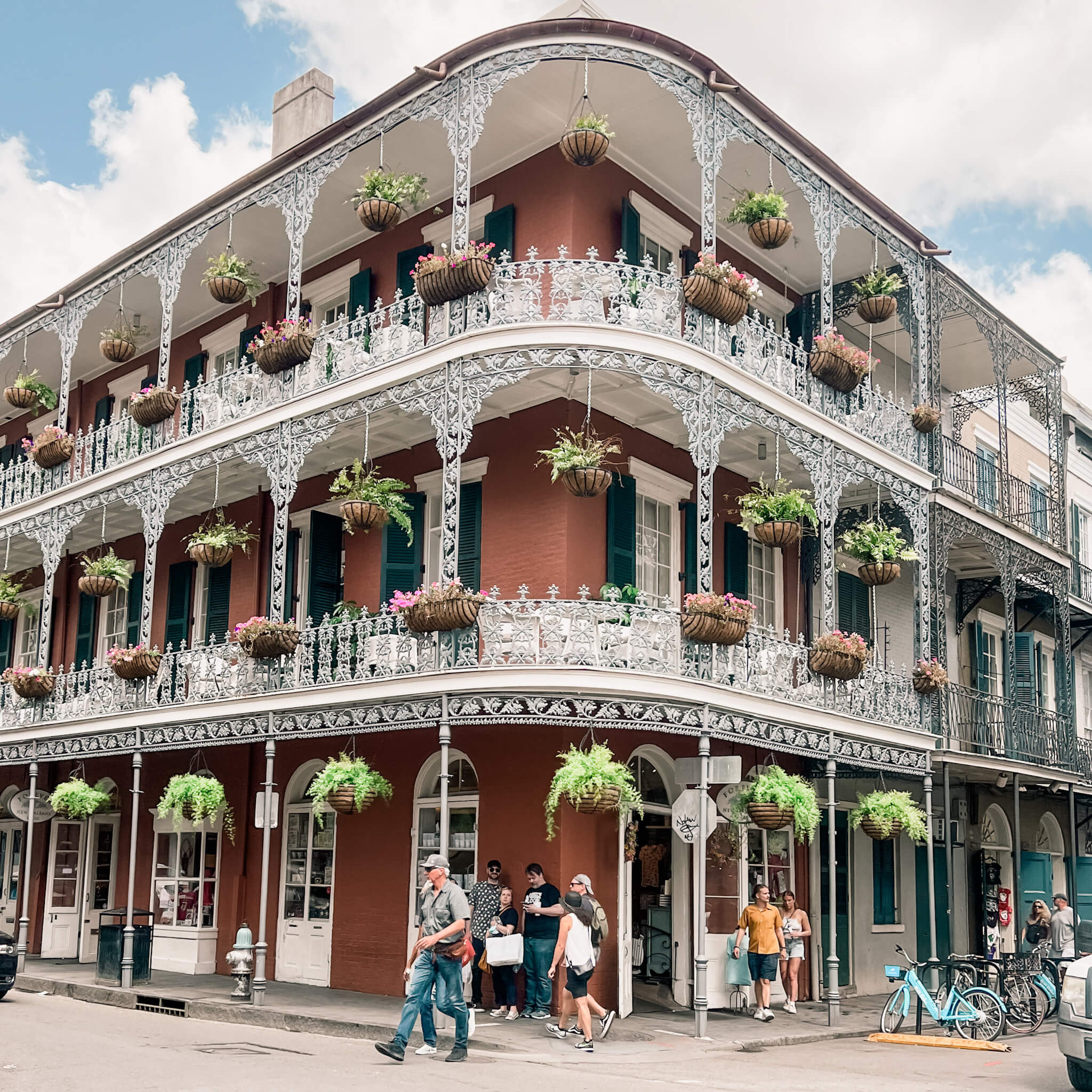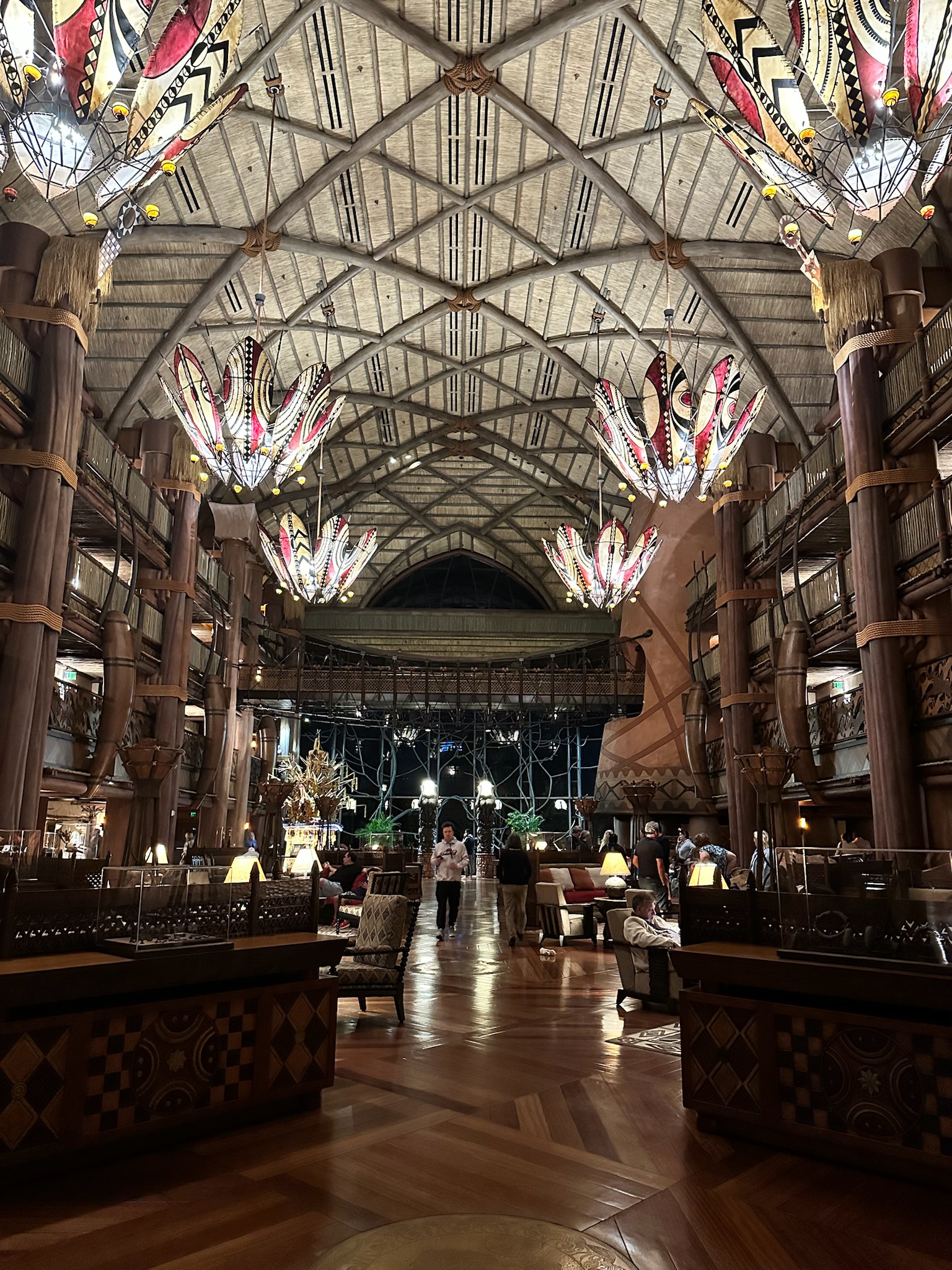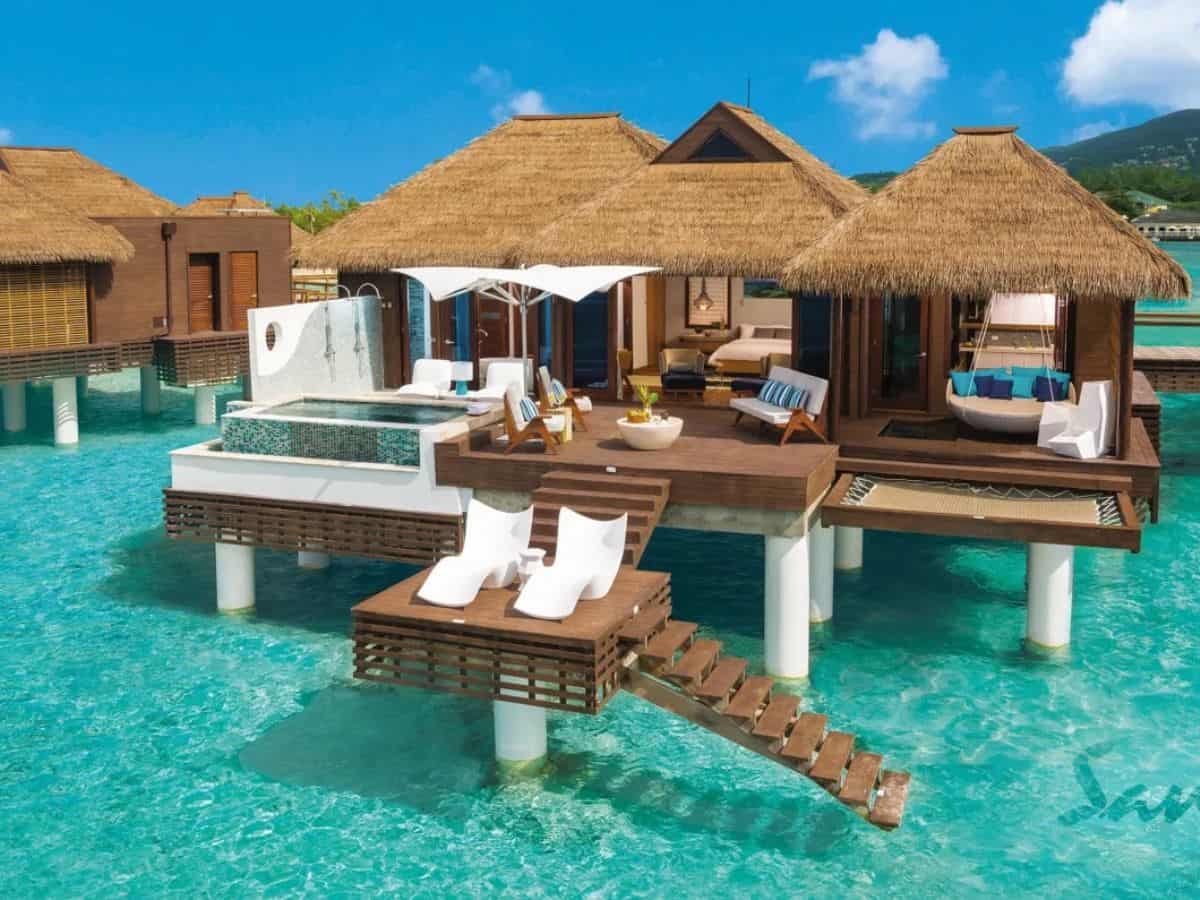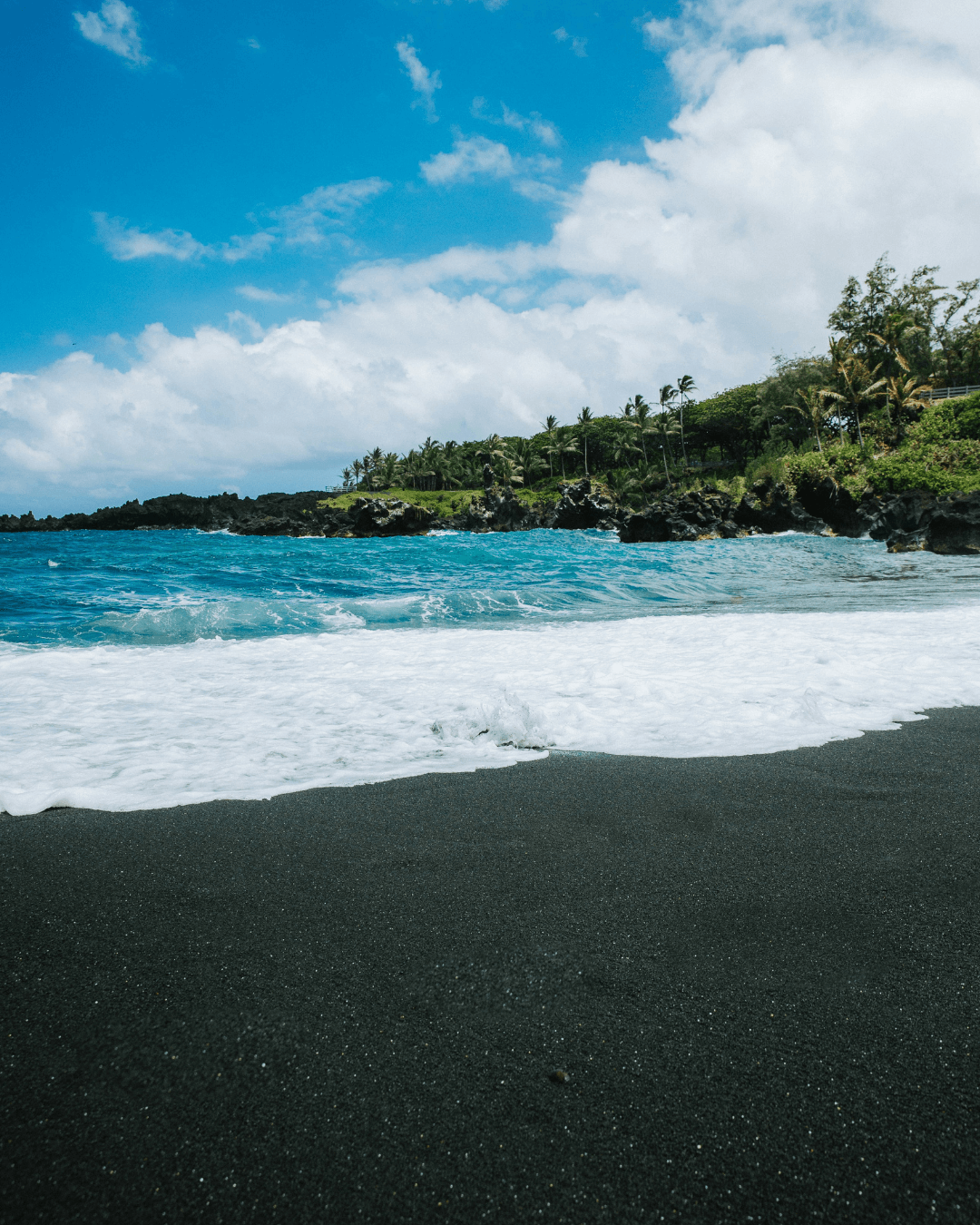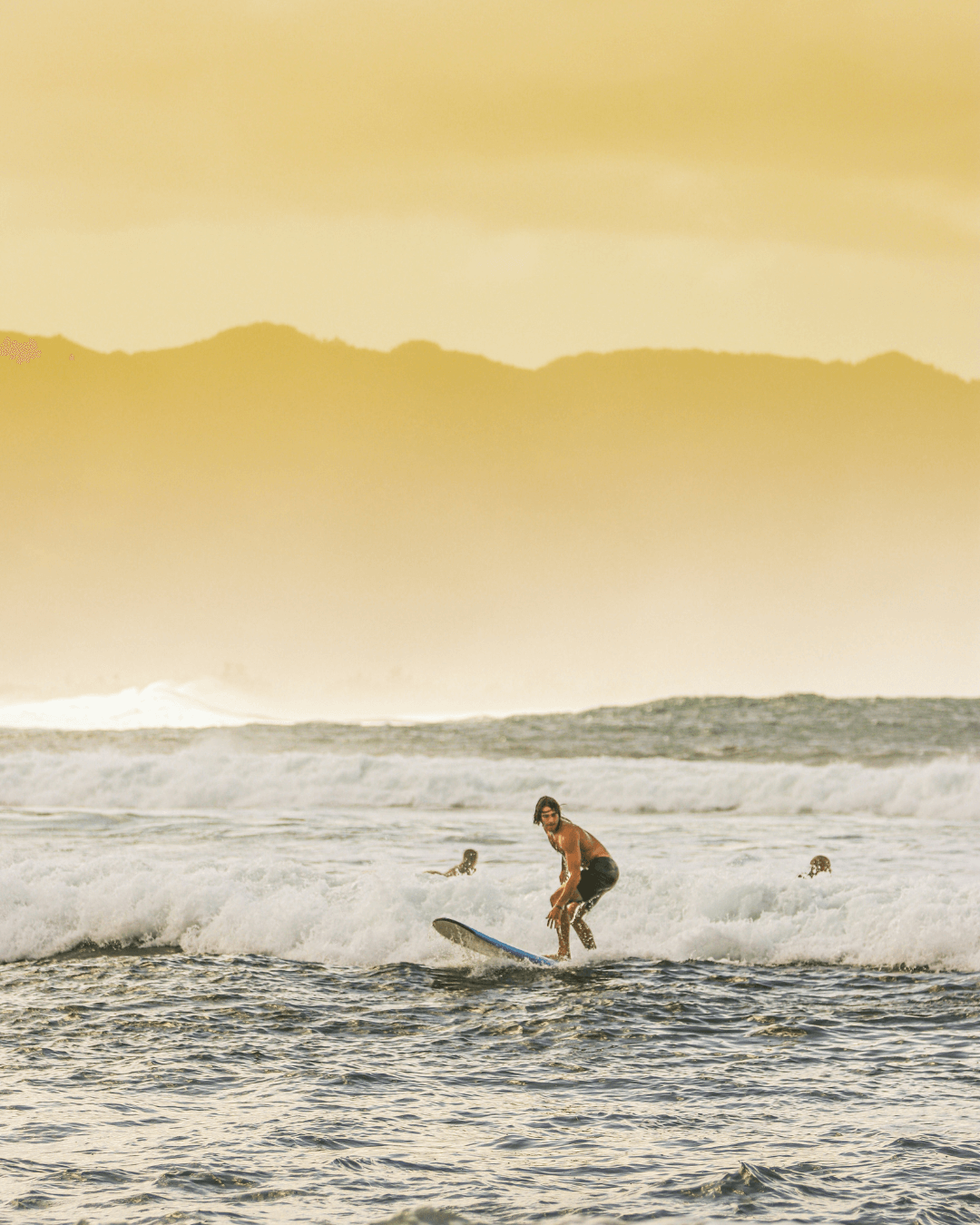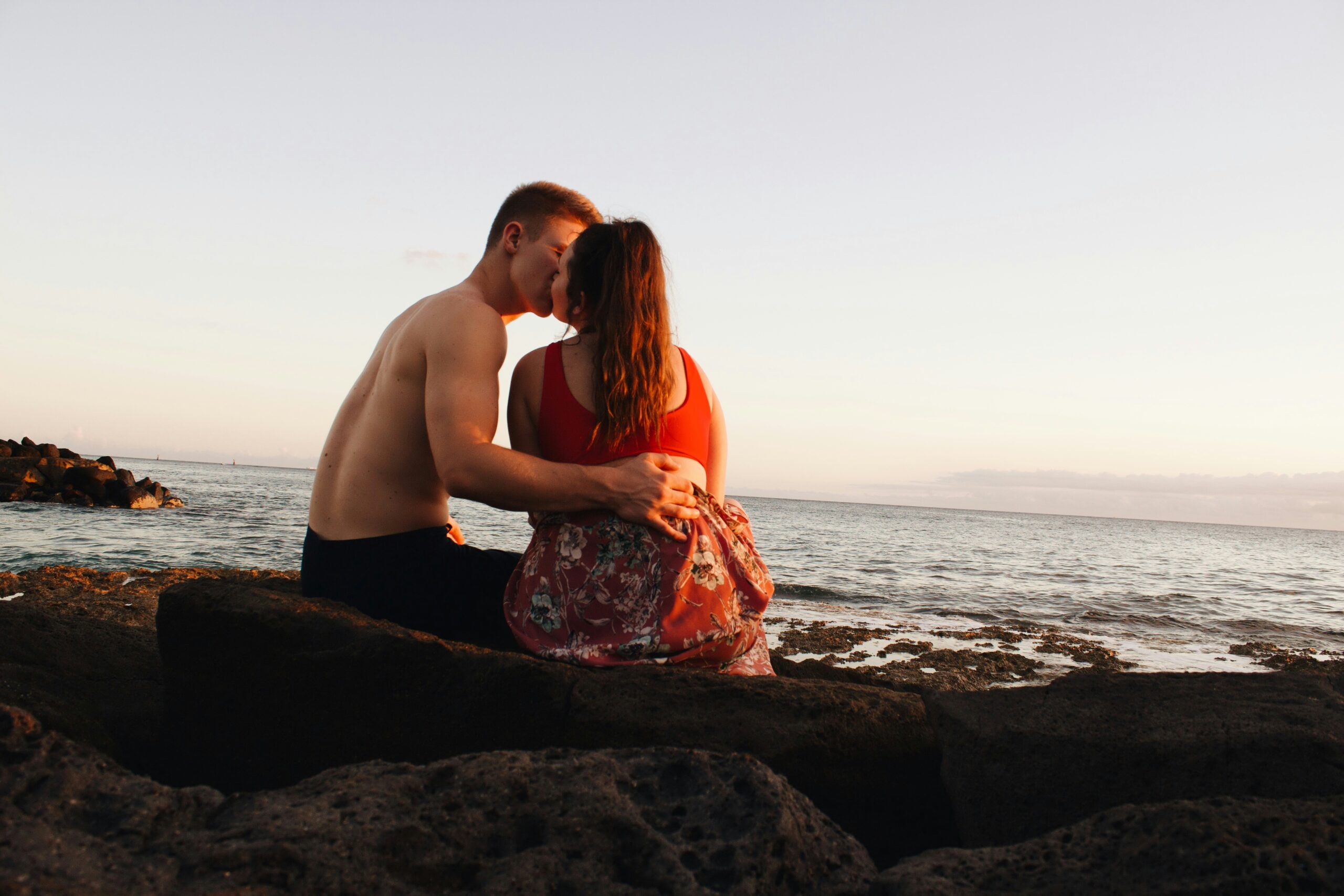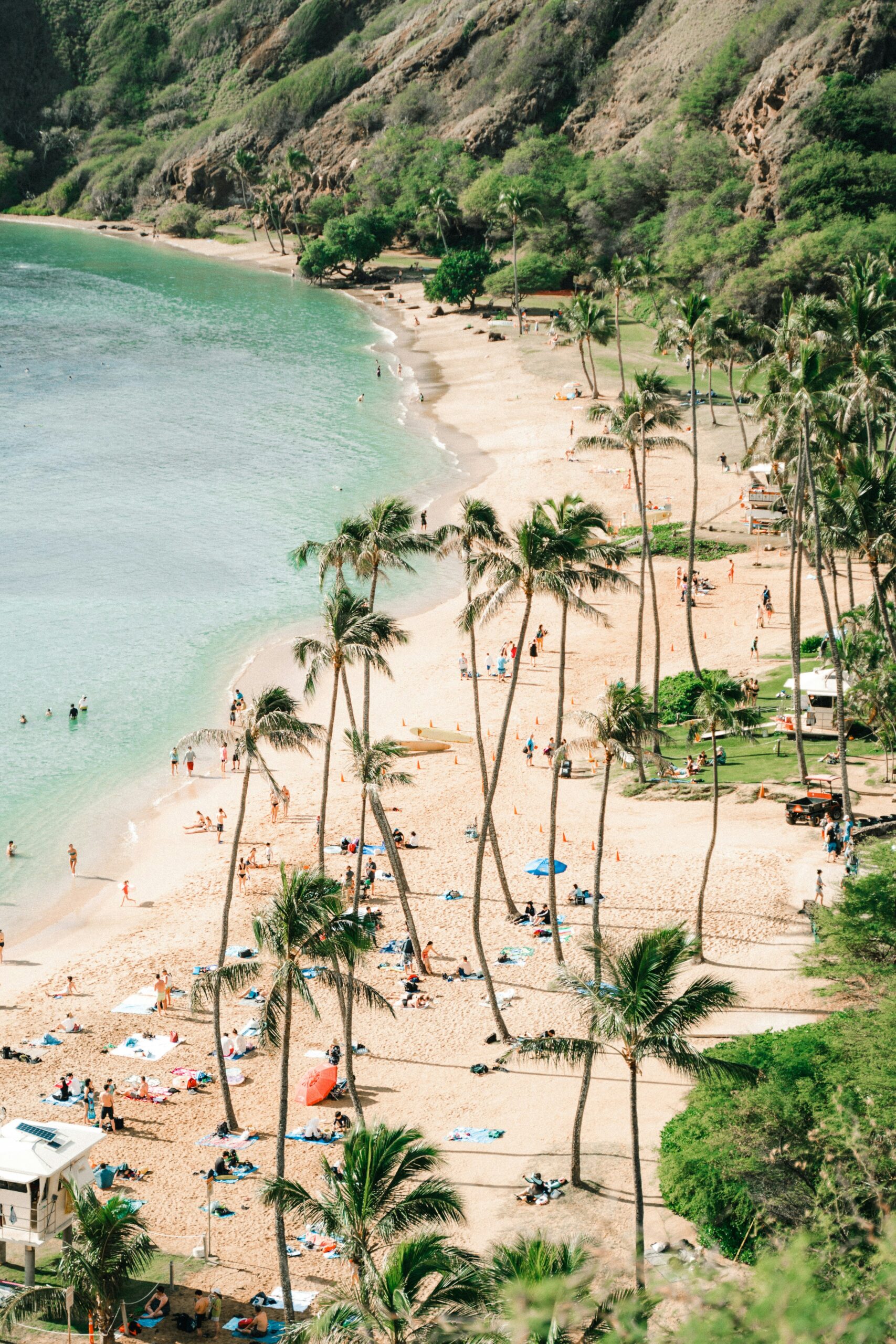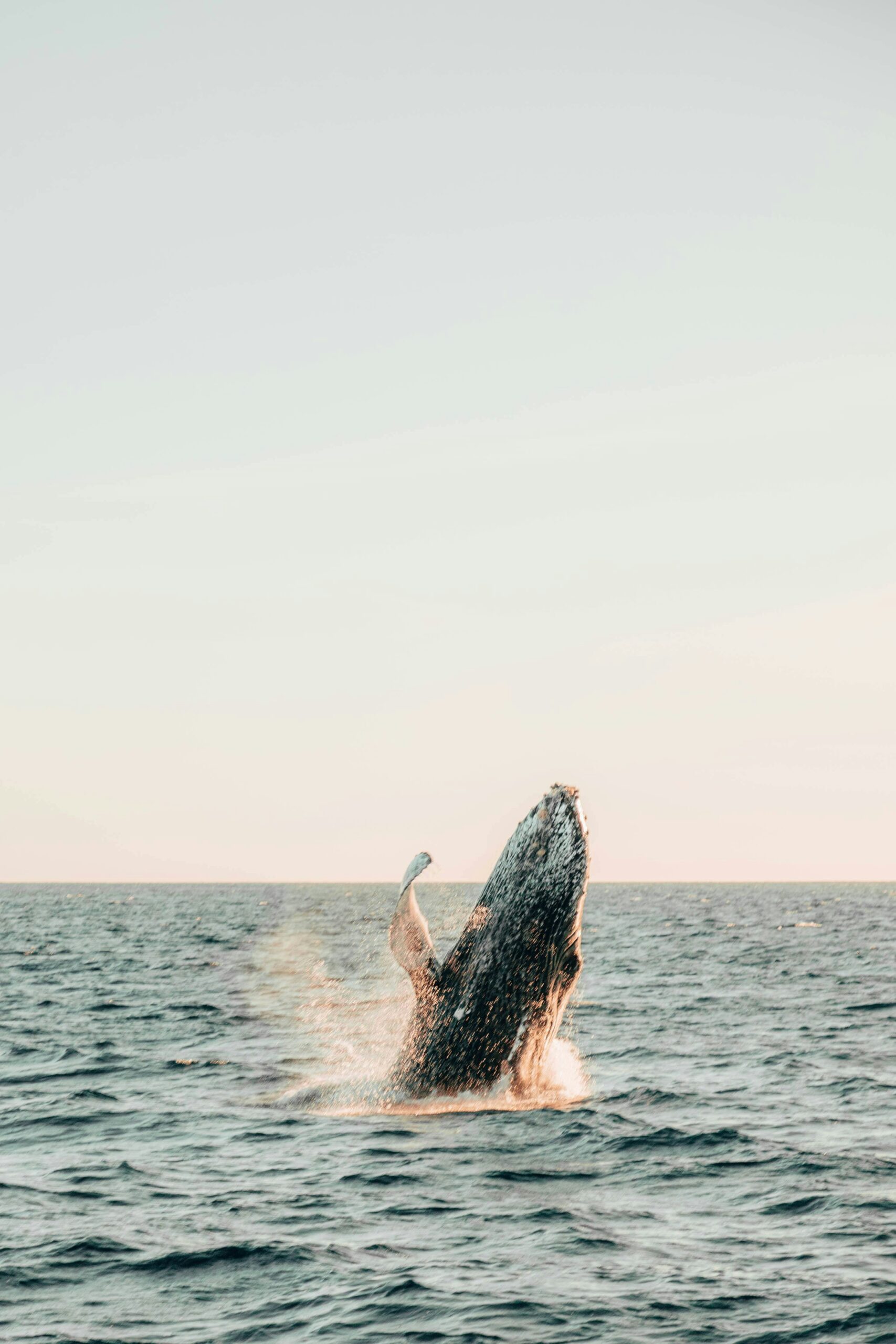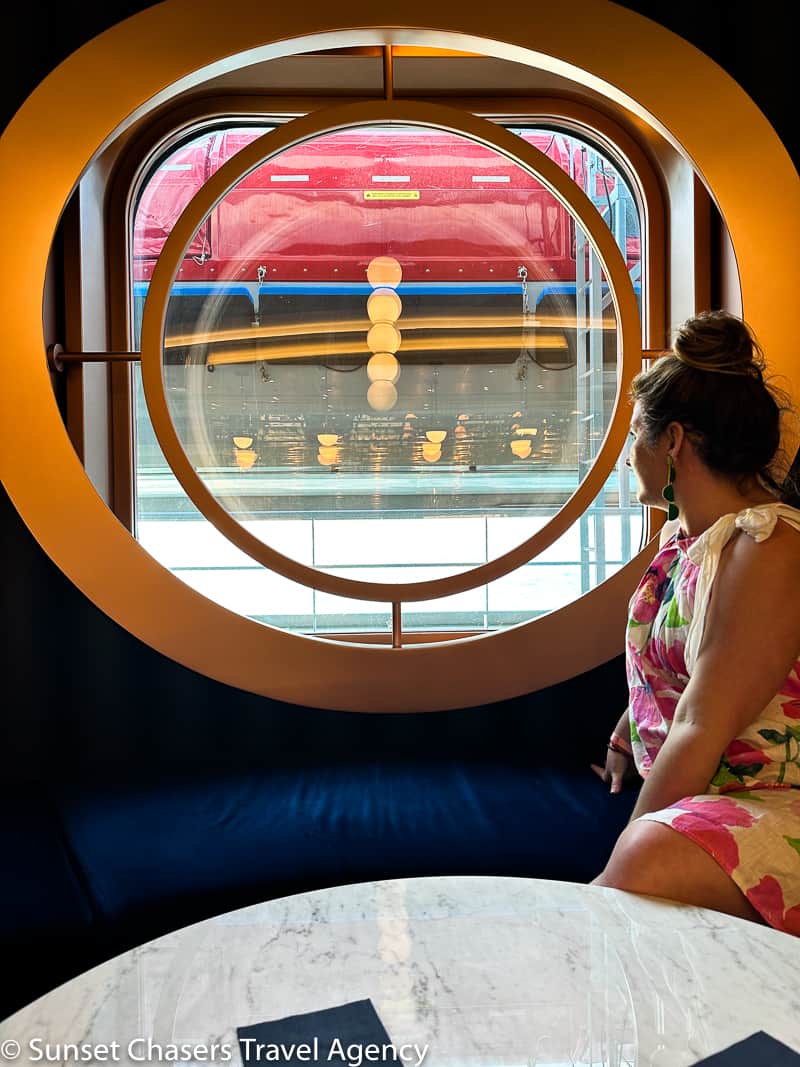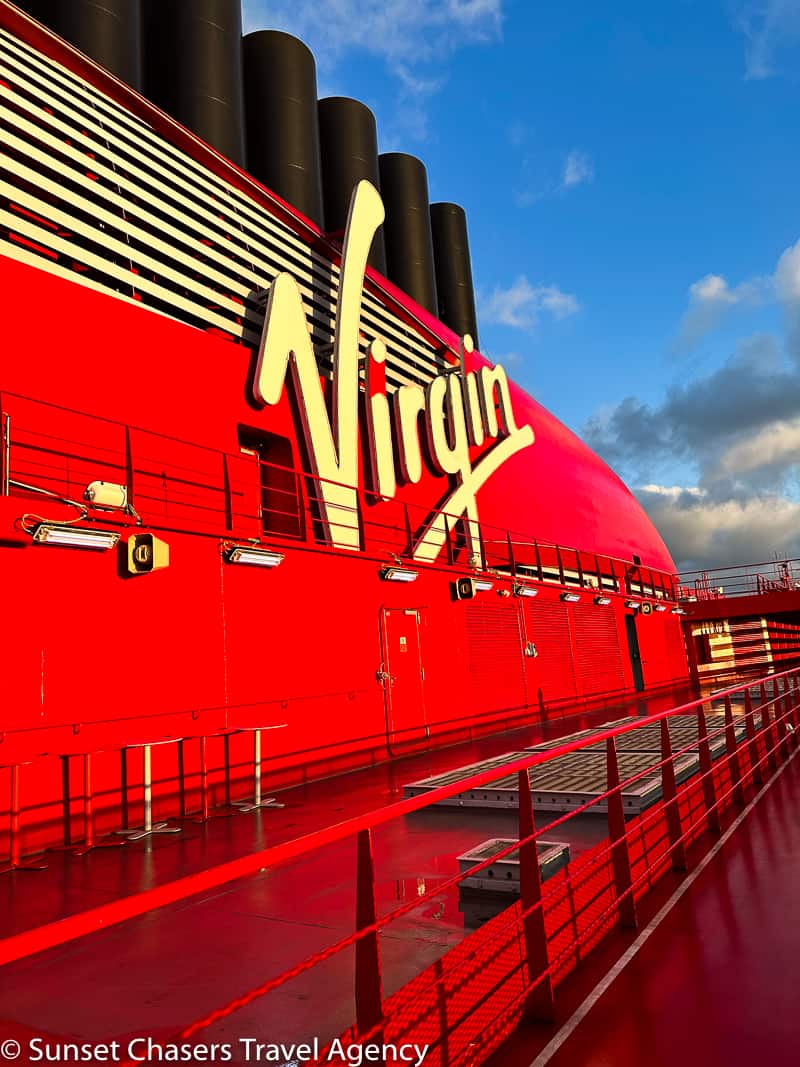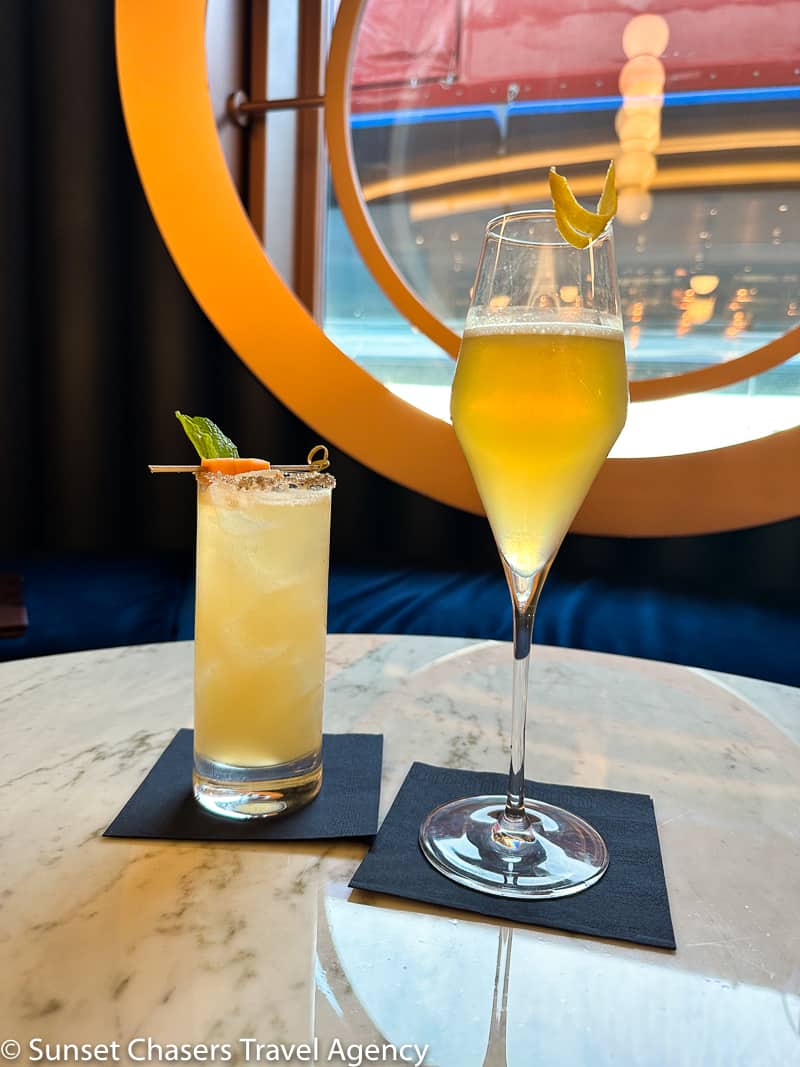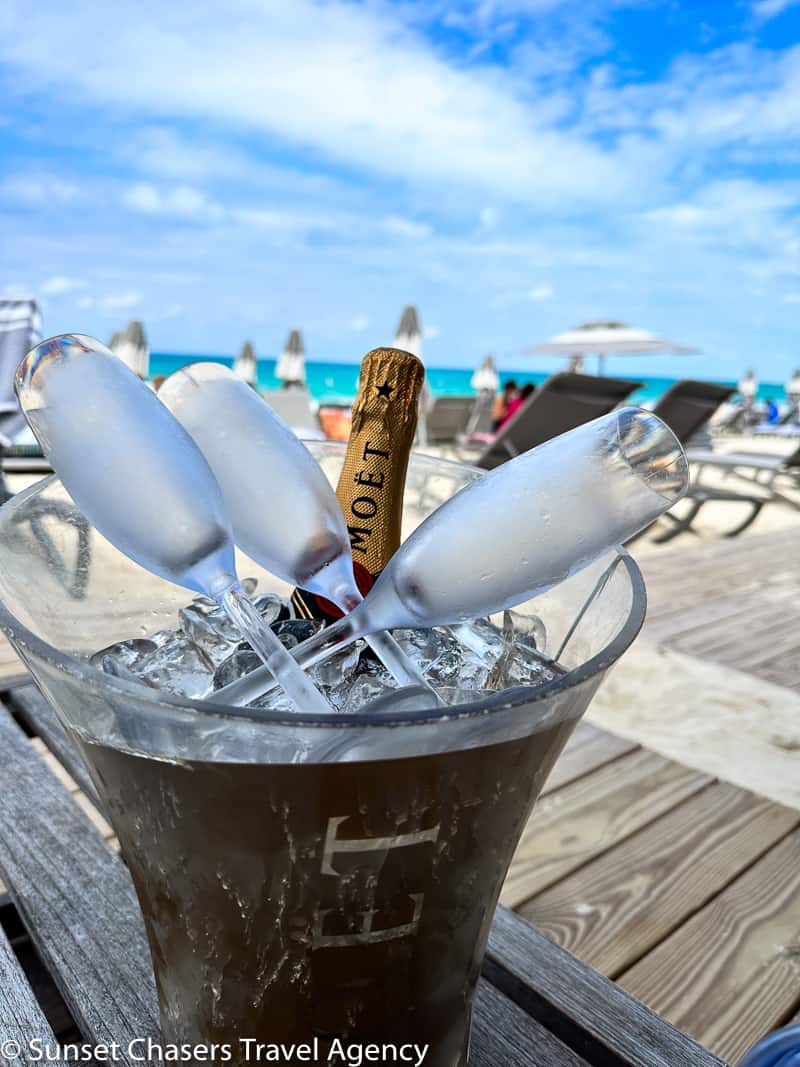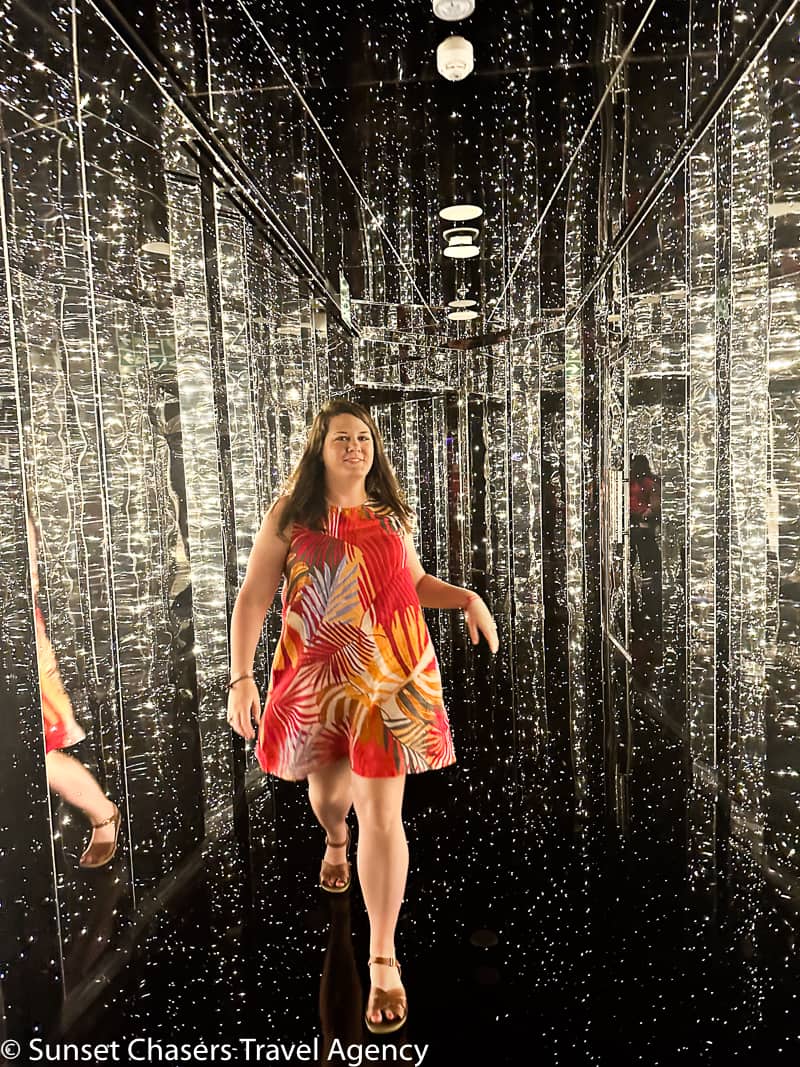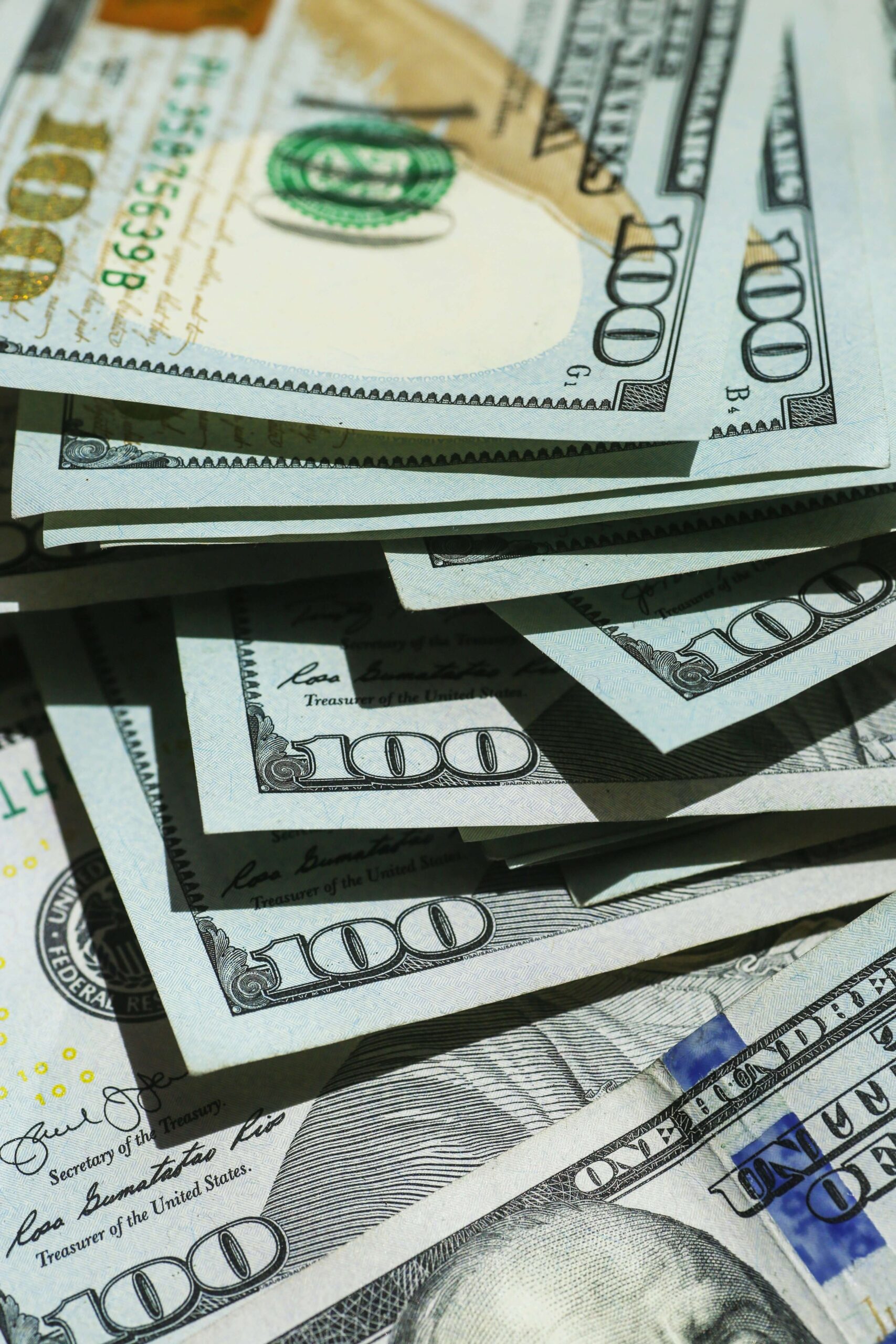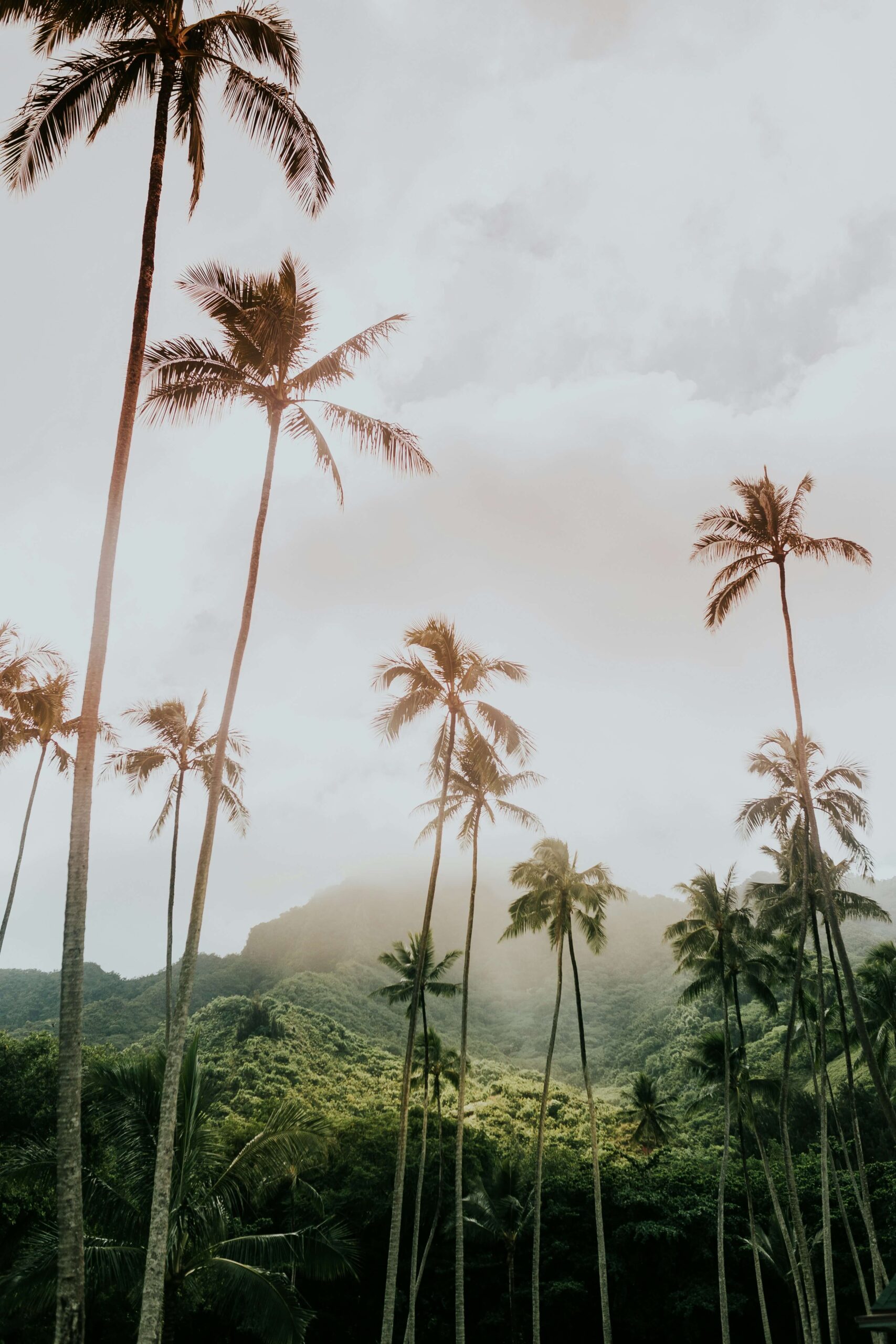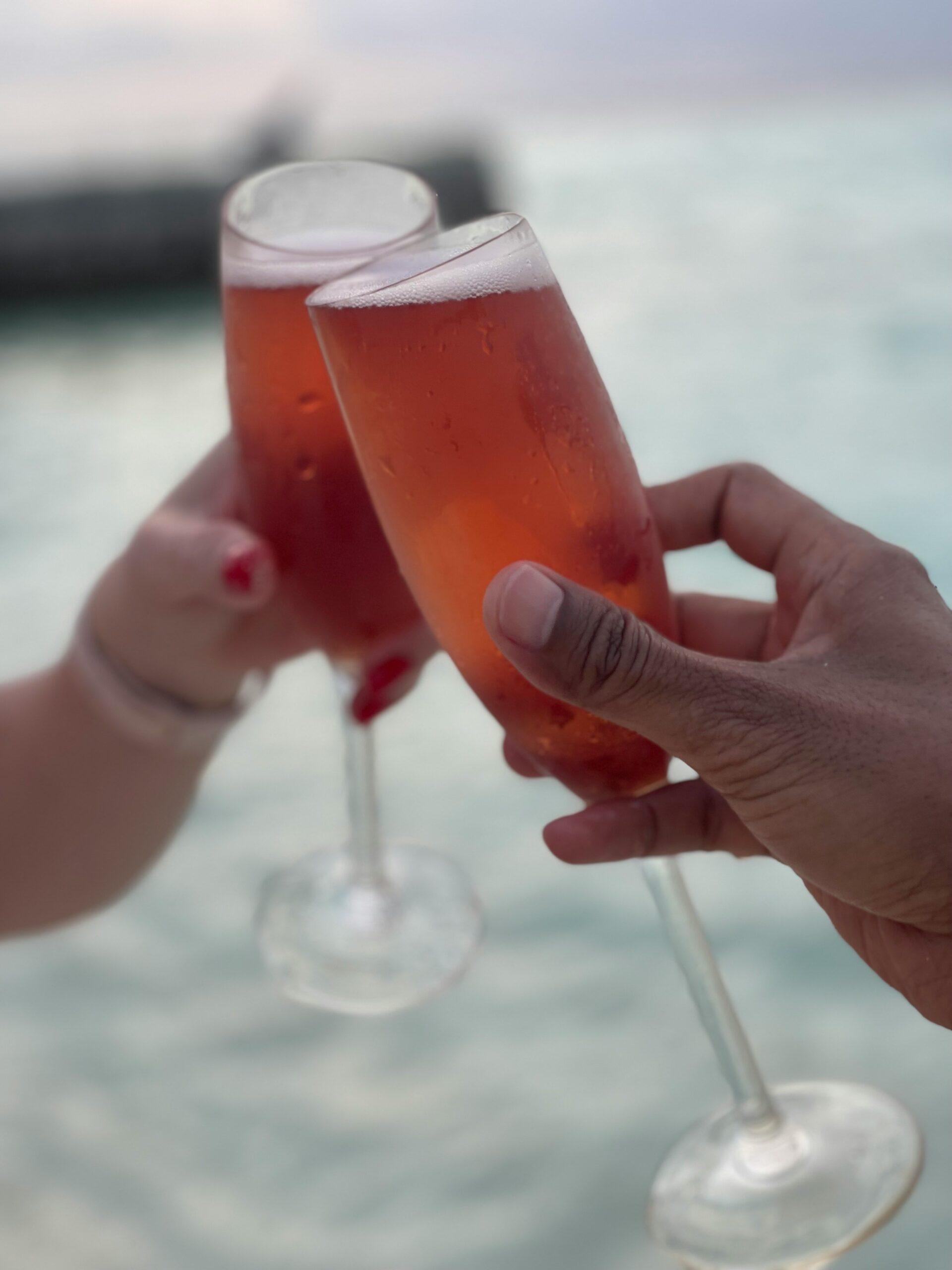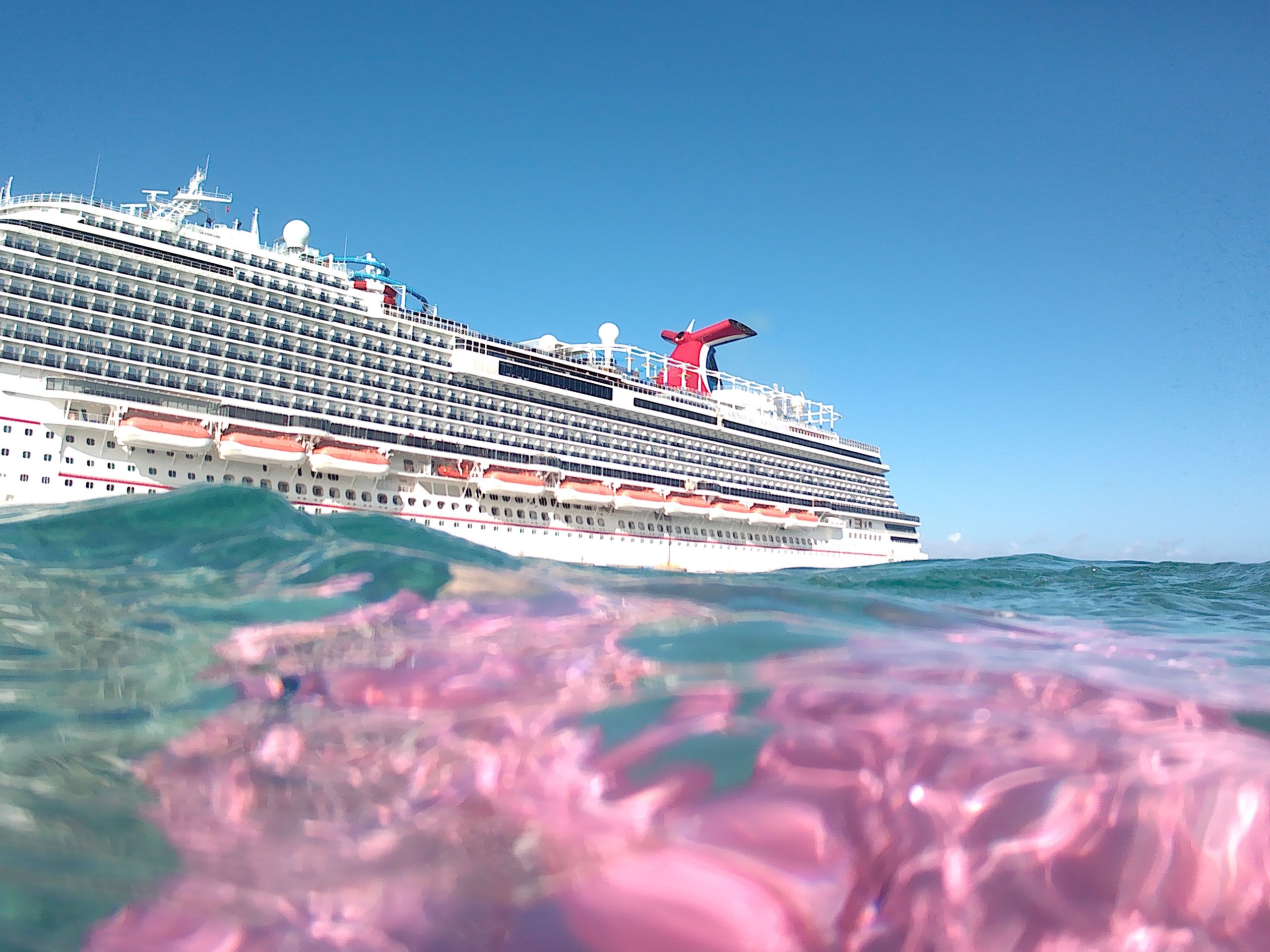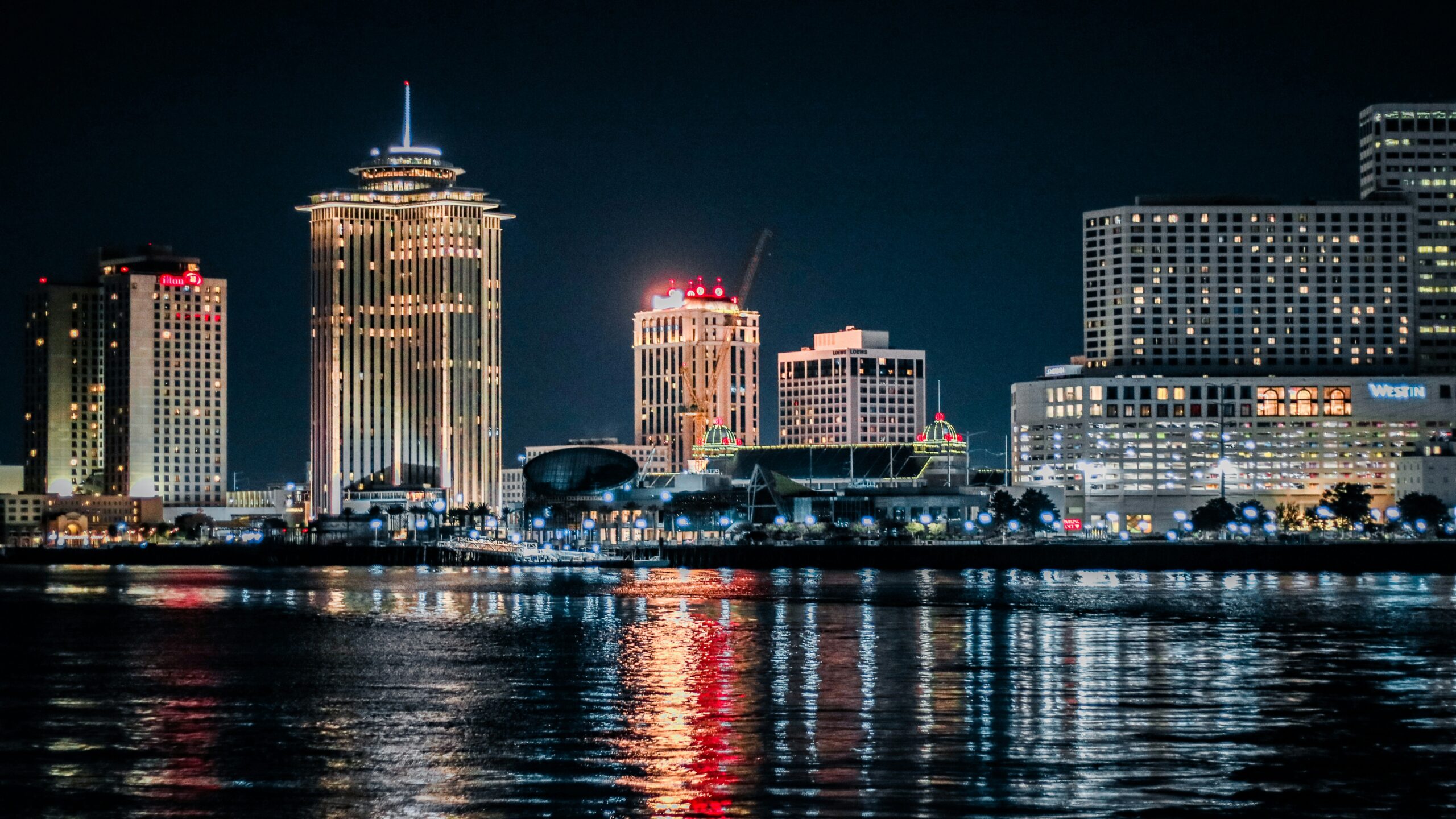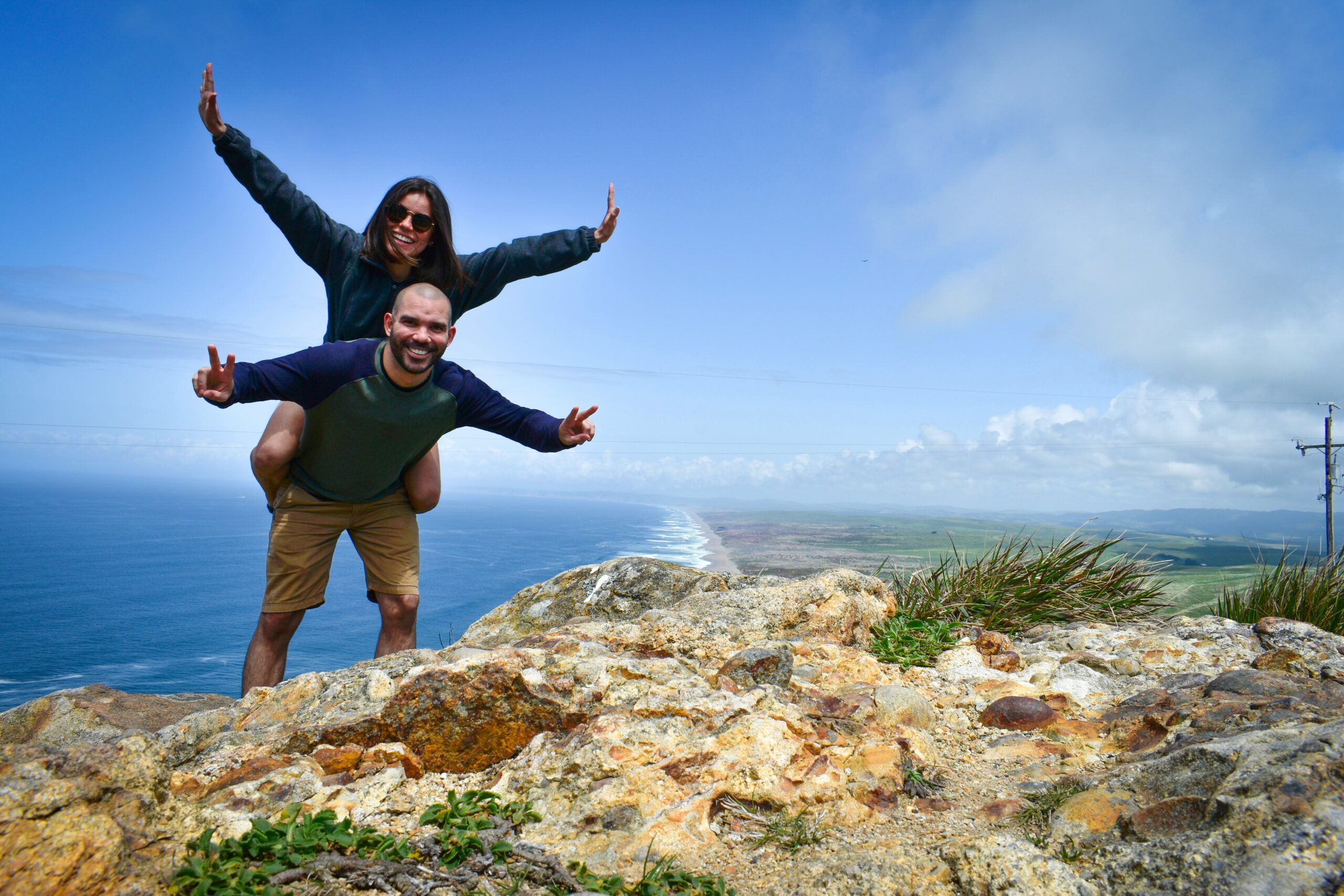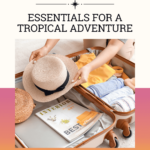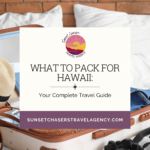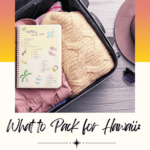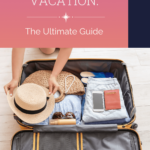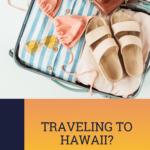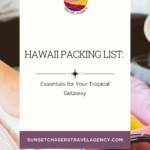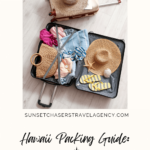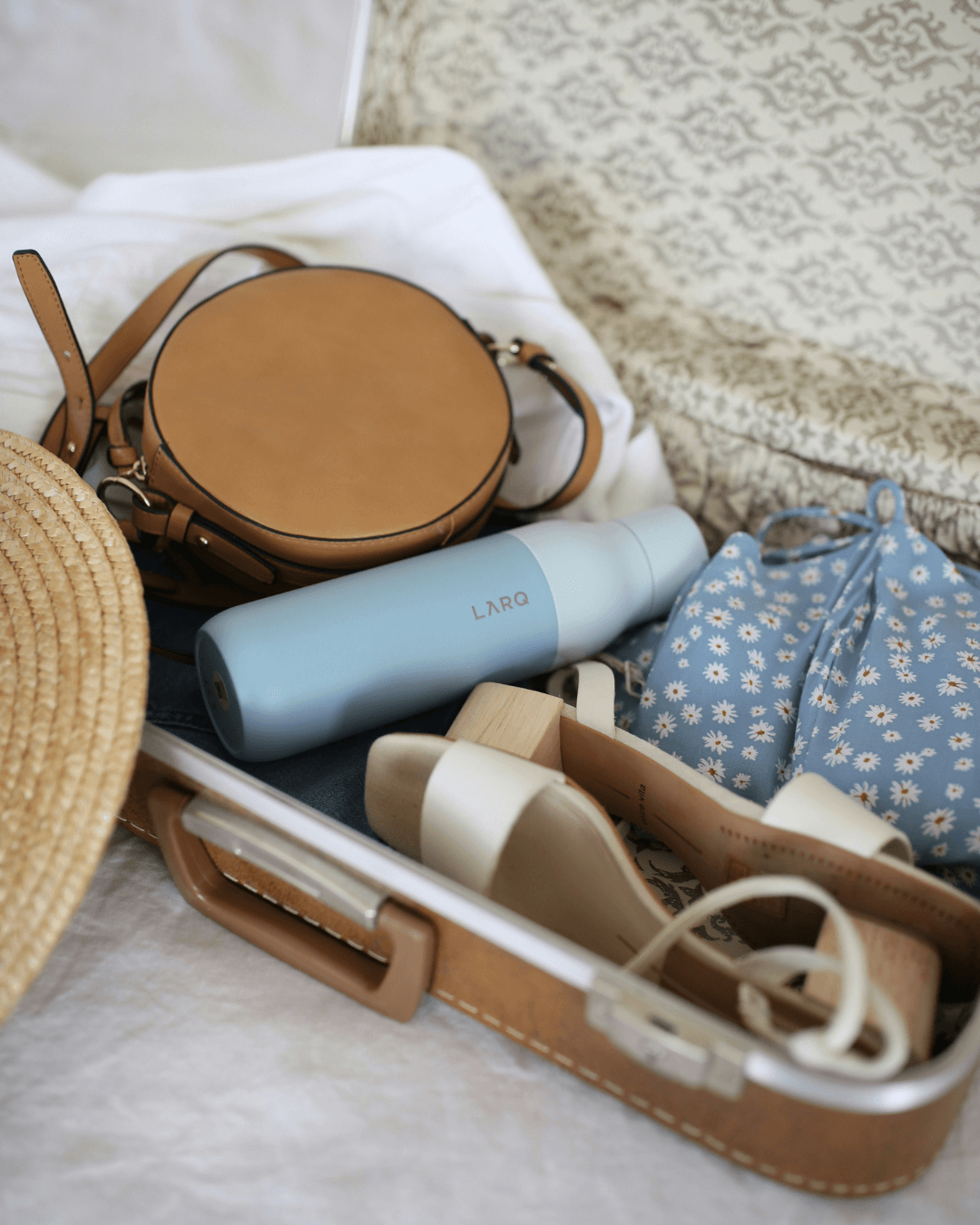
Are you planning a trip to the Aloha State? The Hawaiian islands are a popular destination for their stunning beaches, beautiful landscapes, and rich cultural heritage, and they are a great tropical vacation for all ages.
Whether it’s your first visit or you are a frequent traveler, packing for Hawaii and remembering everything you need can be a big task. It’s too easy to overpack when covering everything you think you need!
To make your life easier, we’ve compiled a comprehensive Hawaii packing list to ensure you have the most important things for a fun and comfortable vacation. With so much to do and see in Hawaii, it’s essential to put some thought into your packing choices so that you are covered no matter the weather and activities you choose.
This post contains affiliate links, advertisements, and links to Amazon Service LLC Associates Program. As an Amazon Associate, I earn from qualifying purchases. To learn more, go to my Disclosure page.
Essential Items
When packing for your trip to Hawaii, it’s crucial to bring the essential items to make your dream vacation fun and stress-free. You want to avoid being in the middle of your holiday and realize you’ve forgotten something important!
The following is a list of things that you should pack (make sure to take into consideration your itinerary and the activities you want to partake in when making your list):
Clothing
Hawaii is known for its warm climate, so pack light and breathable comfortable clothing. Bring tank tops, shorts, sundresses, and comfortable everyday wear.
For women, consider packing a sarong or cover-up for the beach, as it’s a versatile item that can be used as a towel, sunshade, or even as a dress or skirt. Depending on the time of year, it may be a good idea to pack a light rain jacket or a light jacket for cooler evenings.
Remember to pack a few Hawaiian shirts or resort wear if you want to look the part on your island vacation, or buy some when you get there! You can’t go to Hawaii and not wear a Hawaiian shirt at least once!
Footwear
A comfortable pair of shoes is essential for exploring Hawaii, and you’ll probably do plenty of walking. Pack a pair of flip-flops or sandals for the beach and water shoes for snorkeling and water sports.
If you plan on going out at night, bring a pair of dressier shoes, but remember that high heels may not be practical for Hawaii’s uneven terrain. If you want to participate in outdoor activities such as zip lining or hiking, a pair of athletic shoes or hiking shoes is essential.
If you are worried about bringing too much footwear, bring a pair of Teva hiking sandals. They are so easy to use for daily water activities and hiking.
Swimwear
Pack at least two bathing suits for your Hawaii Vacation. If you have two or more, you can alternate while your swimsuits dry after swimming or washing.
Remember to bring a quick-drying sand-resistant beach towel and a dry bag to keep your belongings safe and dry.
If you intend to go surfing or participate in other high-intensity water sports, it’s a good idea to bring a rash guard to protect against sun exposure, sand, and salt water, which can cause burns, rashes, and abrasions.
Sun Protection
Hawaii’s warm weather year-round means you’ll be spending a lot of time outdoors, so it’s important to bring sun protection. Pack reef-safe sunscreen, a hat, and sunglasses.
Bring a waterproof phone case to protect your cell phone while swimming or participating in water activities. Remember to pack reef-safe SPF lip balm to keep your lips moisturized and protect them from the hot sun.
Why “reef safe,” and what IS reef safe?
Reef-safe sunscreen is a sunscreen free from certain chemicals harmful to coral reefs and marine life. Products such as the everyday sunscreen we use contain chemicals known to be harmful to the marine ecosystem when they enter and accumulate in the ocean.
Reef-safe sunscreen contains different ingredients, such as zinc oxide and titanium dioxide, which deflect UV rays rather than absorbing them into the skin. When visiting Hawaii, it is crucial to take a supply of reef-safe sunscreen (or buy some while you’re there) rather than using your regular sunscreen.
Personal Care
Pack your personal care essentials, such as toothbrush and toothpaste, face wash, moisturizer, makeup, hairbrush, and deodorant. If you have any personal medication, bring enough for your entire trip.
Electronics
Bring your travel backpack or day pack to carry your phone, electronics, and other things you might need when out and about during the day.
If you have one, bring an underwater camera to capture the beautiful underwater scenery when snorkeling. Bring a portable charger to keep your phone and other devices charged throughout the day – a phone charger is the one thing people often forget!
First Aid
Pack a basic first aid kit with items such as band-aids, pain relievers, and motion sickness bands in emergencies. Hopefully, you won’t have to use them, but being prepared is always important!
Mosquitoes and other bugs can be nuisances in Hawaii, so pack some insect repellent to protect yourself and your family.
What Outdoor Activities Are Available?
Hawaii is a paradise for outdoor enthusiasts, with activities ranging from water sports to hiking to horseback riding. Here are some of the best outdoor activities to enjoy during your stay.
Consider which of these you want to participate in when packing, as you may need certain items of clothing, footwear, or accessories.
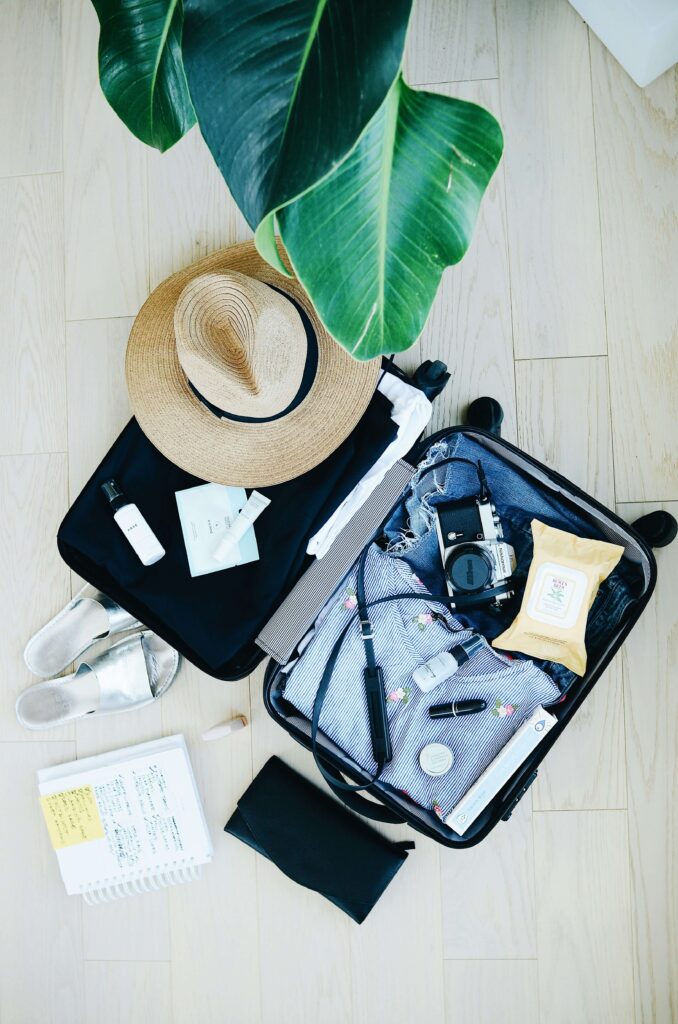
Water Sports
One of the best things about Hawaii is its beautiful beaches and crystal-clear waters, which make it the perfect destination for water sports. Whether you’re a beginner or an experienced water sports enthusiast, all levels are catered for in Hawaii. Some popular water sports in
Hawaii includes surfing, stand-up paddleboarding, snorkeling, scuba diving, kayaking, and jet skiing.
Snorkeling and scuba diving will be great options for exploring the coral reef and marine life. Swimming or snorkeling with the majestic sea turtles is something most people will want to experience on a visit to Hawaii – remember not to get too close as they are endangered species. It is illegal to touch or feed them!
Surfing and stand-up paddleboarding are popular choices for those who prefer to stay above water.
Beach Days
Every trip to Hawaii is complete with spending some time at the beach. With miles of sandy beaches, Hawaii offers plenty of opportunities to relax and soak up the sun. Some famous beaches include Waikiki Beach, Kaanapali Beach, Poipu Beach, Hapuna Beach, and Lanikai Beach – these are just a few of the better-known beaches. Still, there are lots more to choose from depending on what area you’re staying in.
Be sure to pack plenty of sunscreen, swimwear, beach towels, and a beach bag to carry all your essentials. If you intend to go snorkeling (and you should because seeing the underwater marine life is a fantastic experience), snorkeling gear such as a mask, flippers, and anti-fog spray is essential.
You don’t have to buy and take these with you, though. If it’s your first time snorkeling, buy them when you get there, or you can hire the gear from one of the many rental shops dotted around Hawaii.
Hiking
Hawaii is home to some of the most beautiful hiking trails in the world. From waterfall to volcano hikes, there’s something for every level of hiker. Some of the best places for hiking include Haleakala National Park, Hawaii Volcanoes National Park (don’t be tempted to take a lava rock home as a souvenir, or you might fall foul of Pele’s curse!), Mauna Kea, Diamond Head, and Manoa Falls. Be sure to pack comfortable hiking shoes; when you go hiking, be prepared with plenty of water and snacks.
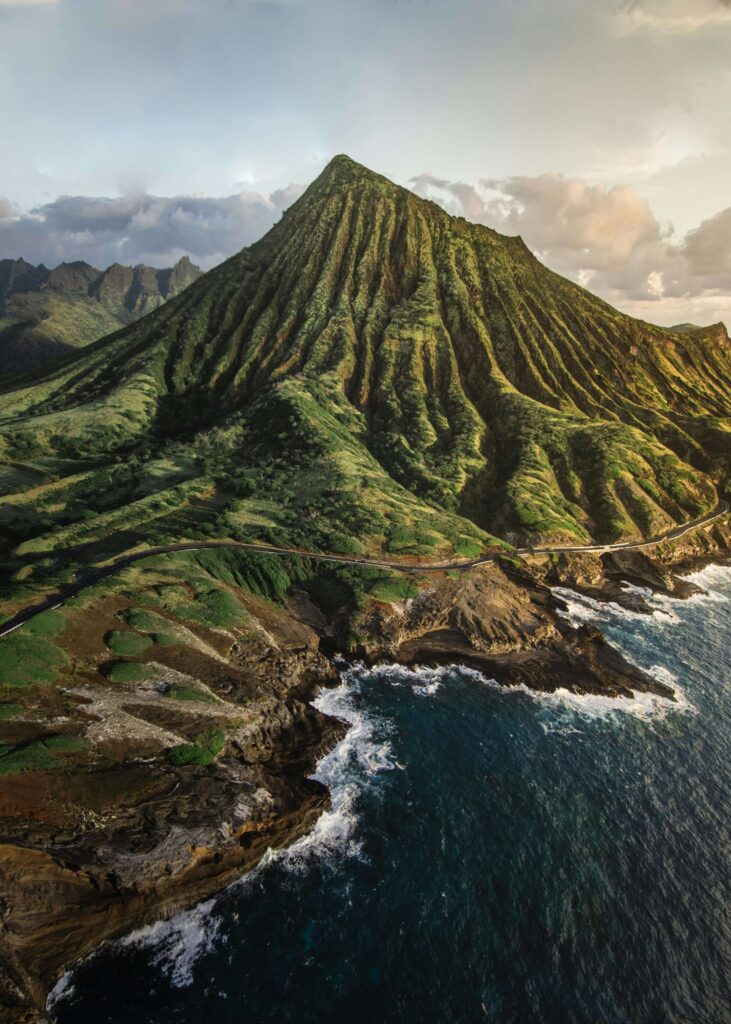
Horseback Riding
For a unique way to explore Hawaii’s natural beauty, consider horseback riding. There are plenty of ranches and stables throughout Hawaii that offer guided horseback rides through scenic trails. Some popular locations to hire horses for guided tours include Paniolo Adventures on the Big Island, Na’alapa Stables, and Kualoa Ranch.
Road Trip
One of the best ways to see all that Hawaii offers is by taking a road trip. The North Shore of Oahu is a popular destination for road trippers, with its scenic drives and charming towns. Be sure to stop at some of the roadsides for fresh fruit and shaved ice, an iconic dessert with fruit, ice shavings, syrups, and other add-ons such as ice cream or mochi.
Practical Considerations
When planning your trip to Hawaii, it’s essential to consider some practical aspects to make your vacation smoother. Here are some things you should keep in mind:
Credit Cards
Before you leave for Hawaii, notify your credit card company that you will be traveling. This will prevent any holds or fraud alerts on your account, which can be a hassle to clear up while on vacation. Bringing multiple credit cards in case one is lost or stolen is always a good idea.
Rental Car
If you plan on exploring the islands, renting a car can be a good idea. Book your rental car in advance to ensure availability, and consider purchasing additional insurance coverage for peace of mind.
Remember that parking can be scarce and expensive in some areas, so plan accordingly. Also, you must bring back the car in the exact condition that you got it in, or the rental company may keep your deposit.
Grocery Stores
If you want to save money on food, consider shopping at grocery stores instead of eating out for every meal. Many grocery stores in Hawaii offer a variety of local and international foods, including fresh produce and seafood. Some popular grocery store chains in Hawaii include Safeway, Foodland, and Costco.
Convenience Store
Convenience stores can be a lifesaver when you need a quick snack or drink. However, keep in mind that prices at convenience stores can be higher than at grocery stores, so it’s best only to purchase items you need. Some popular convenience store chains in Hawaii include ABC Stores and 7-Eleven.
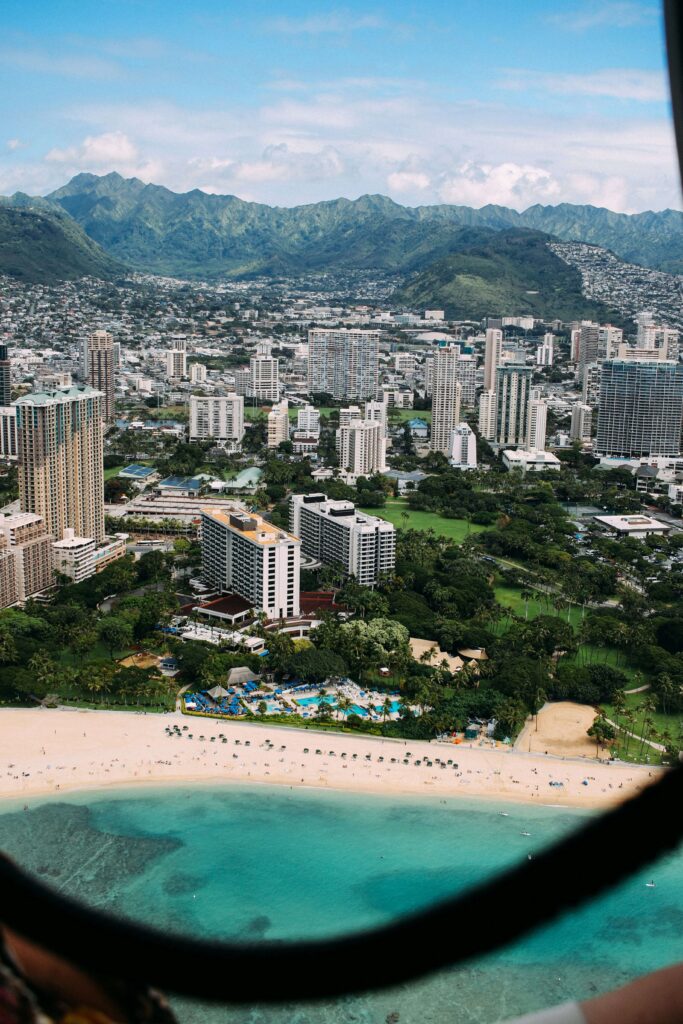
Hotel Room
When booking your hotel room, consider the location and amenities. If you plan on spending a lot of time at the beach, look for a hotel that is within walking distance of the beach.
Some hotels also offer complimentary beach gear, such as towels, chairs, and umbrellas. It’s also a good idea to check if your hotel offers a continental breakfast or other complimentary amenities to save money on food.
Packing Based on Weather Considerations
When packing for Hawaii, it’s essential to consider the weather conditions you might experience during your trip. Hawaii has a tropical climate, which means it’s generally warm and humid throughout the year.
However, weather variations vary depending on the season and elevation. Here are some things to keep in mind:
Rainy Season
Hawaii’s rainy season is between November and March, with the heaviest rain falling in December and January. If you’re traveling during this time, it’s a good idea to pack a light rain jacket and waterproof hiking boots.
Consider bringing a dry bag to keep your belongings dry during outdoor activities. The great thing about the weather is that rain showers are usually brief and followed by sunshine, so don’t let the rainy days discourage you from exploring.
Winter Months
While Hawaii is warm throughout the year, the winter months (December to February) can be slightly cooler, especially at higher elevations. If you plan to visit places like Haleakala or Mauna Kea, be prepared for temperatures that can drop below freezing. Pack warm layers like a fleece jacket, gloves, and a hat to stay comfortable.
Higher Elevations
If you’re planning to hike or explore at higher elevations, remember that the weather can be unpredictable. Temperatures can drop quickly, and you may encounter rain, fog, or snow.
Check the weather forecast before heading out, and pack accordingly. Bringing warm layers, a rain jacket, and sturdy hiking boots is always a good idea.
Trade Winds
Hawaii’s trade winds are a welcome relief from the heat and humidity, but they can also make the weather feel cooler than it is.
While you won’t need many warm clothes if you plan to spend time on the beach or near the water, bring a light jacket or sweater to stay comfortable. You may also want to bring a hat or tie to keep your hair from blowing around in the wind.
Overall, Hawaii’s weather is generally warm and sunny, but it’s always a good idea to be prepared for any conditions you may encounter. By packing the proper clothing and gear, you’ll be able to enjoy Hawaii no matter what the weather is like!
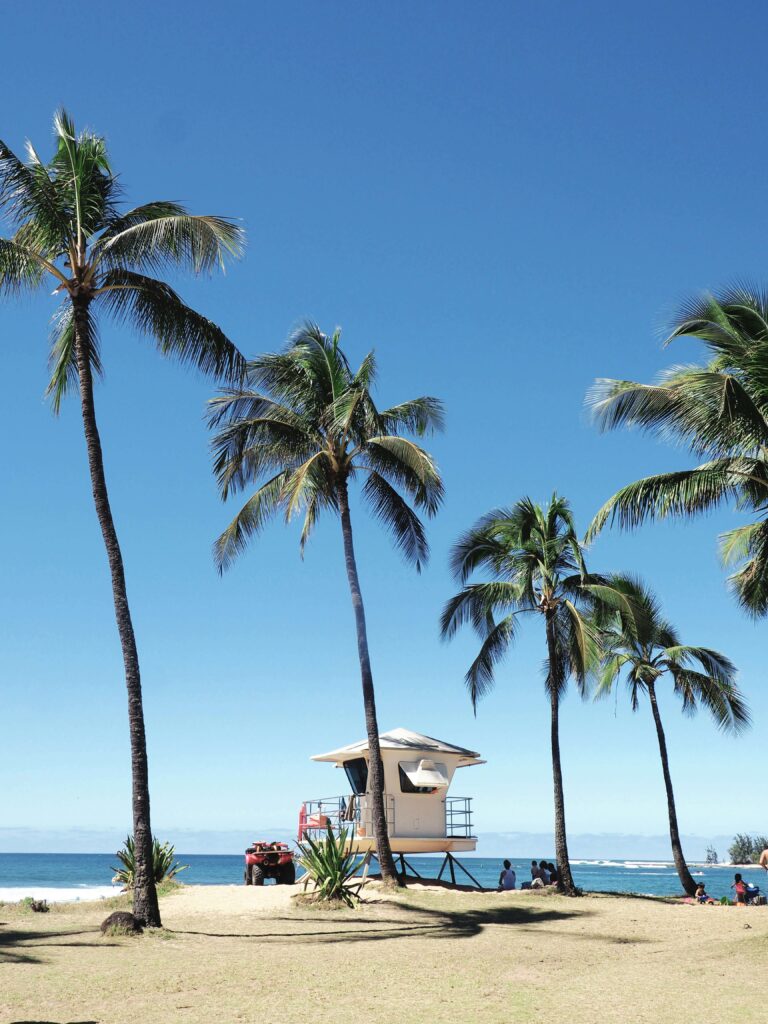
Packing Tips
Regarding packing for Hawaii, there are a few pro tips that can make your trip even better. Here are some ideas to help you pack smart and enjoy your vacation to the fullest:
Pack a reusable water bottle.
Hawaii is about sustainability; many hotels now provide guests with reusable water bottles. Bringing a reusable water bottle helps you stay hydrated and reduces the amount of plastic waste in Hawaii’s beautiful oceans and beaches.
Many restaurants and shops in Hawaii have water bottle refill stations, so you can quickly fill up your bottle while exploring the islands.
Leave room for souvenirs.
It’s hard to resist the temptation of Hawaiian shirts, macadamia nuts, and other fun souvenirs when on vacation in Hawaii. You can always have a little space in your luggage for the things you might buy on holiday!
It’s hard not to overpack, but you will be glad of the space when it saves you from having to pay excess baggage charges! One of my favorite tips is if you are checking your family’s luggage, bring an empty or nearly empty carry-on luggage so you can fill it with your souvenirs!
Consider renting gear
If you’re planning on snorkeling, surfing, or doing other water sports, a good option is to rent gear rather than buy it, especially if you won’t need it again for a while.
Remember, if you buy it, you also need enough space to bring it home with you – otherwise, you’ll have to leave it behind or pay extra for baggage. Check with local rental shops to see what options are available.
Pack your favorite things.
Hawaii is about relaxation and fun, so remember to bring your favorite things along. Whether it’s a book, a board game, or your favorite snacks, having a few familiar items with you can help you feel more at home. If you’re bringing the kids, ensure they have plenty to do, even during downtime.
Double-check your packing list.
Before you leave, the last thing you should do is double-check your packing list and ensure you have everything necessary.
The last-minute things like phones, chargers, toothbrushes, etc., are easy to run out the door without! And, of course, always double-check for your passport (if needed), travel documents, online check-in details, and wallet, as you will need them to go anywhere.
When is the best time to visit Hawaii?
The good news is that Hawaii is a year-round destination, with the hottest months being August and September. The peak tourist season is from mid-December to mid-April, so if you want to avoid the crowds, consider visiting during the off-season or shoulder seasons from April to June or September to November.
During these times, the weather is still warm and sunny, and you can find better deals on accommodation and activities.
The summer months, from June to August, can also be an excellent time to visit, especially if you’re interested in surfing or other water activities, and these are an excellent time to see Hawaii’s majestic sea turtles. However, you should know that the temperatures can be hot and humid during these months, so be prepared.
Any time is a good time to visit Hawaii; the best time to visit depends on your preferences and what you want to do during your trip. The most important factors to consider are weather, crowds, and prices when planning your visit.
Packing List What to pack for Hawaii
By following these pro tips and using our ultimate Hawaii packing list, you can ensure you’re fully prepared for a stress-free Hawaii vacation. If you’re a seasoned traveler or a first-time visitor, these tips can help you make the most of your Hawaiian adventure.
Whether you’re heading to Maui, Oahu, Kauai, or any of the other stunning destinations, it’s essential to pack appropriate clothing, sunscreen, and other essentials while keeping in mind the local customs and culture. Following these tips and recommendations can minimize stress and maximize your fun in the sun!

